|
With in-person author events still on hold indefinitely, I'm devoting one blog post each month to an author interview. This month's interview is with Janet Glaser, who writes as J.Q. Rose. Her mysteries, Deadly Undertaking, Terror on Sunshine Boulevard and Dangerous Sanctuary, released by Books We Love Publishing, offer readers chills, giggles, and quirky characters. After presenting workshops on Writing Your Life Story for several years, Janet decided to take her advice and pen her memoir, Arranging a Dream: A Memoir. The book is scheduled for release January 1, 2021, also from Books We Love Publishing. Arranging a Dream tells the story of how Janet and husband Ted, budding entrepreneurs with more enthusiasm than experience, purchased a floral shop and greenhouses in 1975, where they planned to grow their dream. Leaving friends and family behind in Illinois and losing the security of two paychecks, they transplanted themselves, their one-year-old daughter, and all their belongings to Fremont, Michigan, where they knew no one. Through trials and triumphs, Janet and Ted dug in to develop a blooming business while juggling parenting with work and keeping their marriage thriving. To celebrate the Arranging a Dream: A Memoir Winter Virtual Book Tour, Janet is offering a free eBook to a lucky reader. Just leave a comment below to be entered in the drawing. Deadline for entries: Sunday, December 20, 9 pm Eastern Time. How is writing about real people, places, and events different from writing fiction, where you can invent characters, situations, and settings? Are the two processes similar in any ways?
In the acknowledgments, you mention that you and your husband Ted had fun recalling the times you write about in this memoir. Tell us more about how your memories meshed and how you reconciled differences when your memories of a specific event didn’t match.
What other techniques did you use to access the memories that helped you tell this story?
What do you hope readers will take away from Arranging a Dream? What did you gain by writing the book? I hope readers will be inspired to work toward their dreams. Use their passion to keep driving toward the future they envision. Looking through the lens of time allowed me to put myself into the shoes of the previous owners of the flower shop, Hattie and Frank. After owning the business for so many years and deciding to sell it, I discovered I was like Hattie. We disagreed a lot with Hattie about how to run the shop and greenhouses because we wanted to use our new ideas and not listen to the tried-and-true methods she had developed during her years of experience. She was afraid we would fail by being so bold. I never thought I would admit I acted like Hattie when we sold our shop. I was also fearful the new owners would fail if they didn’t follow our ways of running things. Instead, they have been successful and are still in business. In addition to your own writing, you’re committed to helping others tell stories from their lives, through your Facebook group, your interactive journal, Your Words, Your Life Story: A Journal for Sharing Memories, and your workshops. Why is this important to you, and what are the rewards?
What’s next? Are there other periods of your life that might lend themselves to a memoir? Or will you write more fiction? Next, I hope to turn the book, Your Words, Your Life Story, into a course so I can reach more people and encourage them to write their stories, because I am a life storytelling evangelist. I always have ideas for stories swirling through my brain, so I will be writing, but I have not chosen which idea to develop at this time. I am just savoring touring around cyberspace, meeting authors and readers. Anything else you'd like to add? Thank you, Nan, for hosting me during the Arranging a Dream: A Memoir Winter Virtual Book Tour!
16 Comments
In the last installment of HeartWood, I wrote about some of the ways I've been filling my unexpected free time during the weeks of social distancing and Stay Home - Stay Safe. In this installment, I'm giving other folks a chance to share what they've been doing. And what a variety of things they've come up with! Check them out! Tonya Howe |
| By the time we'd taken in the gardens, it was noonish, and breakfast had worn off. Lucky for us, lunch was available in the farm's Board Room, a pole barn paneled with barn wood and furnished with mismatched chairs and plank tables topped with charming little sand-and-stone-filled lanterns. The menu was as appealing as the setting: whitefish chowder, tomato basil soup, and a selection of sandwiches, some garnished with homemade cherry jelly or cherry mustard. |
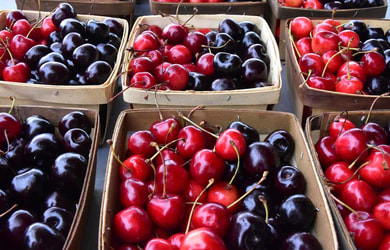 Fresh cherries at the farm's market
Fresh cherries at the farm's market  Imagination elevates the ordinary
Imagination elevates the ordinary 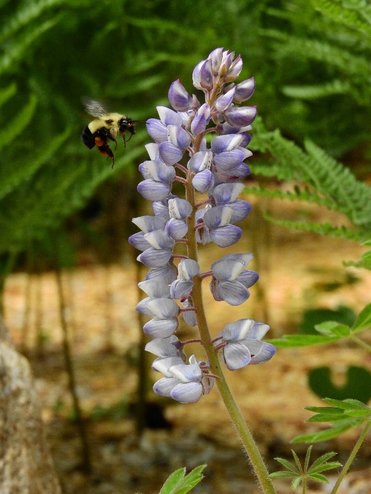 Bumblebee and lupine
Bumblebee and lupine Break out the honey cakes and raise a glass of mead—it's National Pollinator Week! You probably won't find the observance pre-printed on your wall calendar, but it's worth penciling in as a reminder to honor those buzzing, fluttering, hovering creatures whose efforts are essential to so many plants we prize.
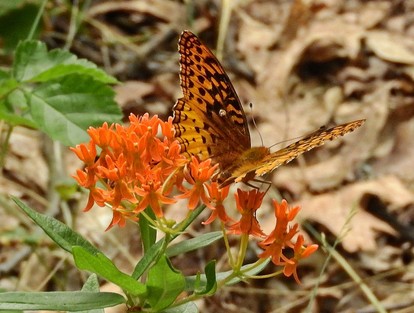 Milkweed visitor
Milkweed visitor Bees and butterflies usually come to mind when we think of critters that flit from flower to flower, sipping nectar and distributing pollen in the process. Those are important pollinators, for sure, but birds, bats, beetles and other animals also do the job.
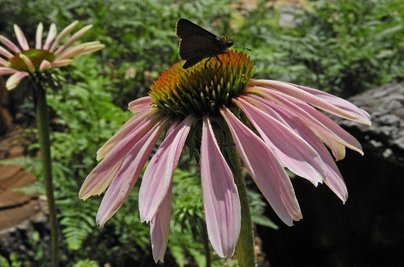 Moment of repose
Moment of repose 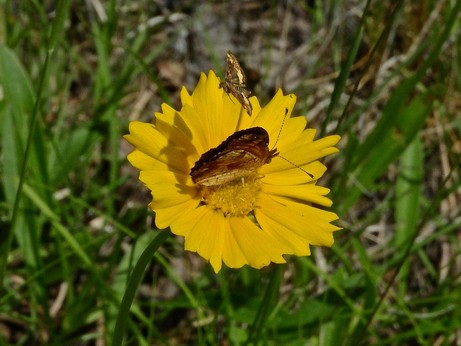 Sharing the wealth
Sharing the wealth 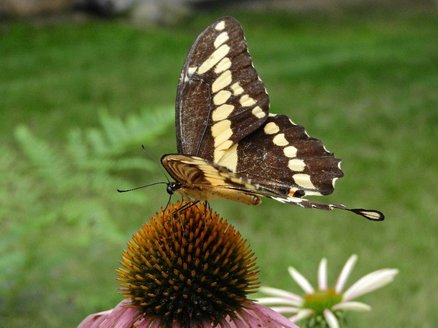 Swallowtail on coneflower
Swallowtail on coneflower  Black-eyed susan
Black-eyed susan Bringing Nature Home, by Douglas W. Tallamy (Timber Press, 2007)
The Natural Habitat Garden, by Ken Druse, with Margaret Roach (Clarkson Potter, 1994; paperback Timber Press, 2004)
from the heart of the woods
Available now!
Author
Nan Sanders Pokerwinski, a former journalist, writes memoir and personal essays, makes collages and likes to play outside. She lives in West Michigan with her husband, Ray.
Archives
April 2022
August 2021
July 2021
June 2021
May 2021
April 2021
January 2021
December 2020
November 2020
October 2020
September 2020
August 2020
July 2020
June 2020
May 2020
April 2020
March 2020
February 2020
January 2020
December 2019
November 2019
October 2019
September 2019
August 2019
July 2019
June 2019
May 2019
April 2019
March 2019
February 2019
January 2019
December 2018
November 2018
October 2018
September 2018
August 2018
July 2018
June 2018
May 2018
April 2018
March 2018
February 2018
January 2018
December 2017
November 2017
October 2017
September 2017
August 2017
July 2017
June 2017
May 2017
April 2017
March 2017
February 2017
January 2017
December 2016
November 2016
October 2016
September 2016
August 2016
July 2016
June 2016
May 2016
April 2016
March 2016
February 2016
Categories
All
Art
Better Living
Books
Community
Creativity
Events
Explorations
Food
Gardens
Guest Posts
Health
Inspiration
Last Wednesday Wisdom
Local Artists
Mecosta County
Montcalm County
Music
Muskegon County
Nature
Newaygo County
Oceana County
People
Photography
Pure Michigan
Reflection
Return To Paradise
Samoa
Writing
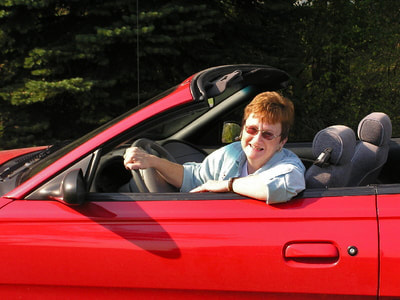


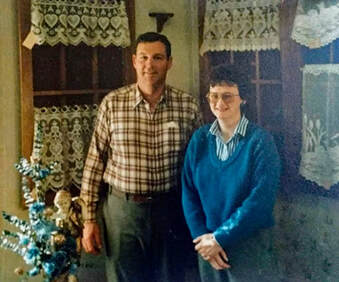
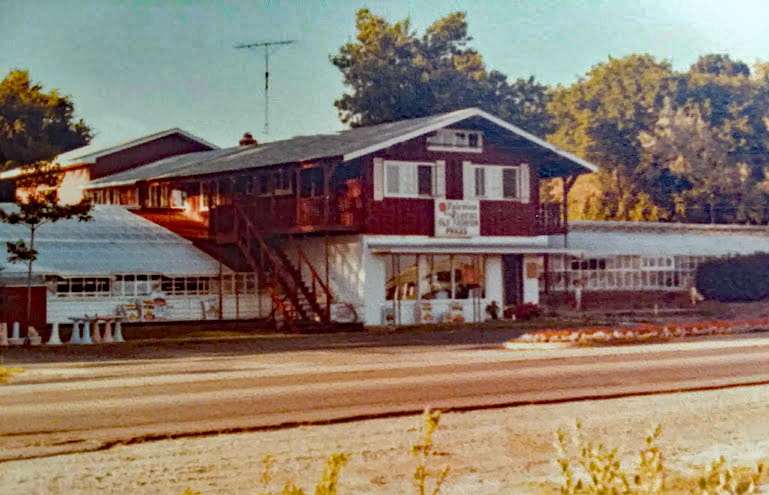

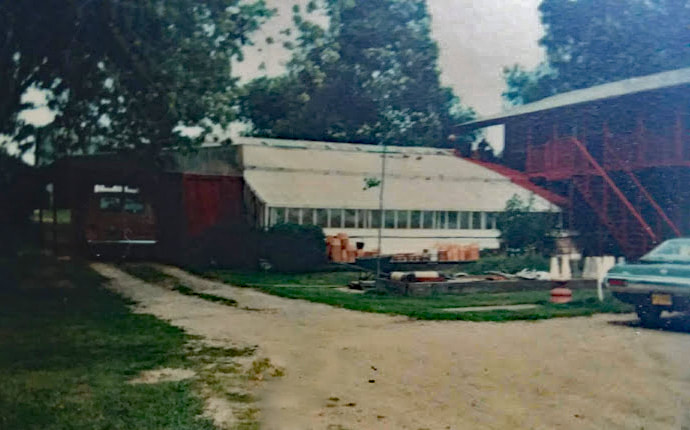
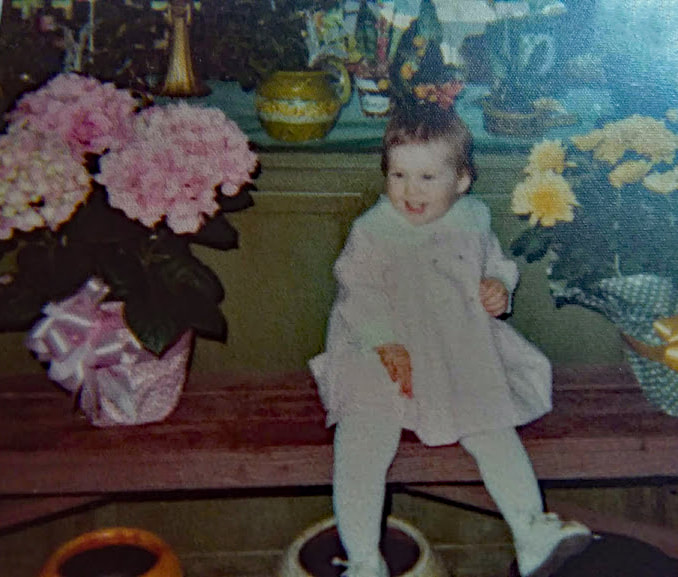




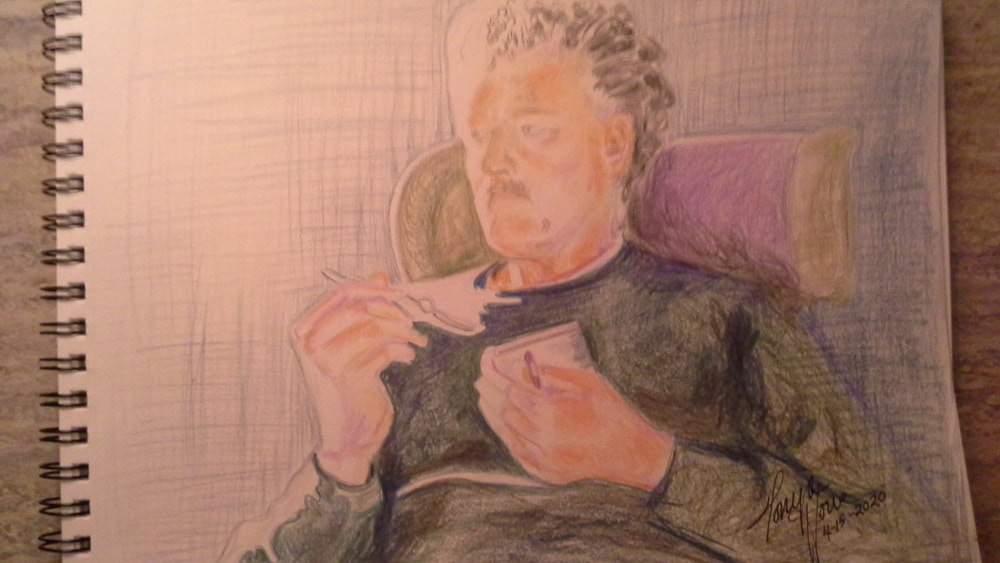
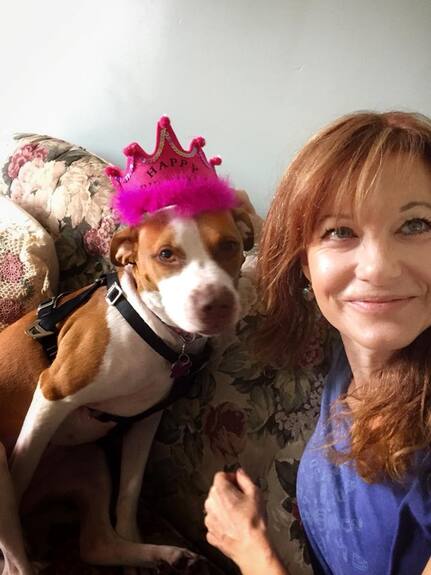


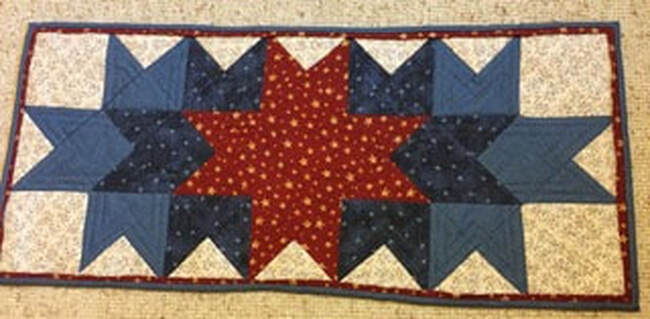

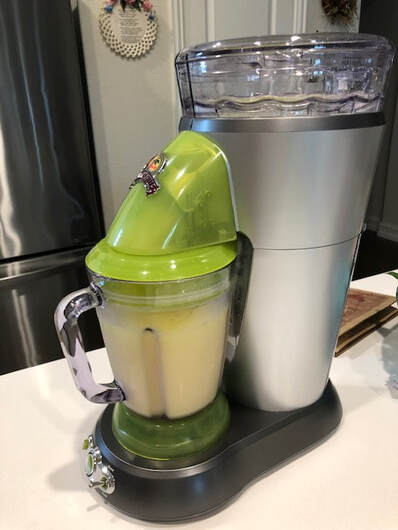
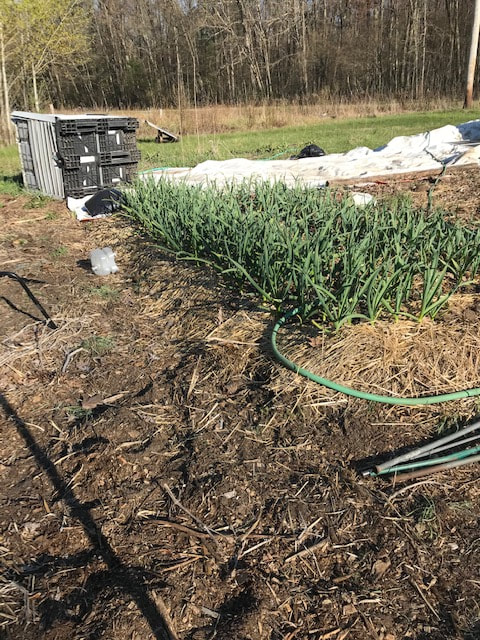
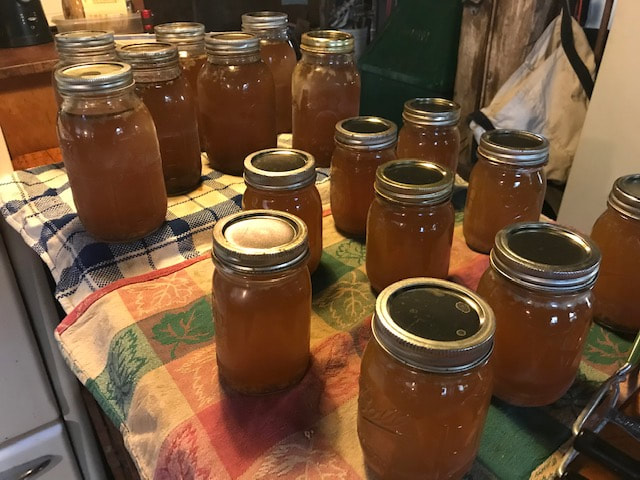
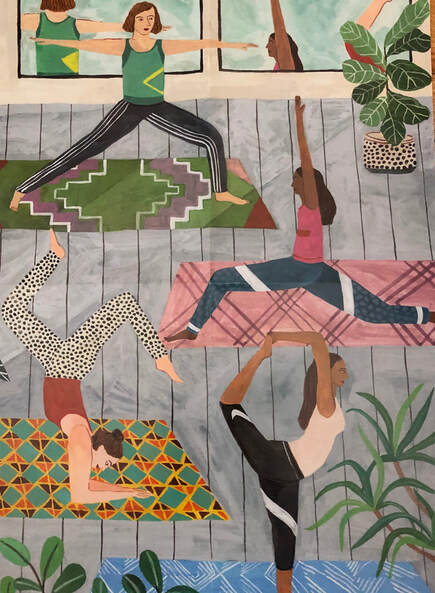

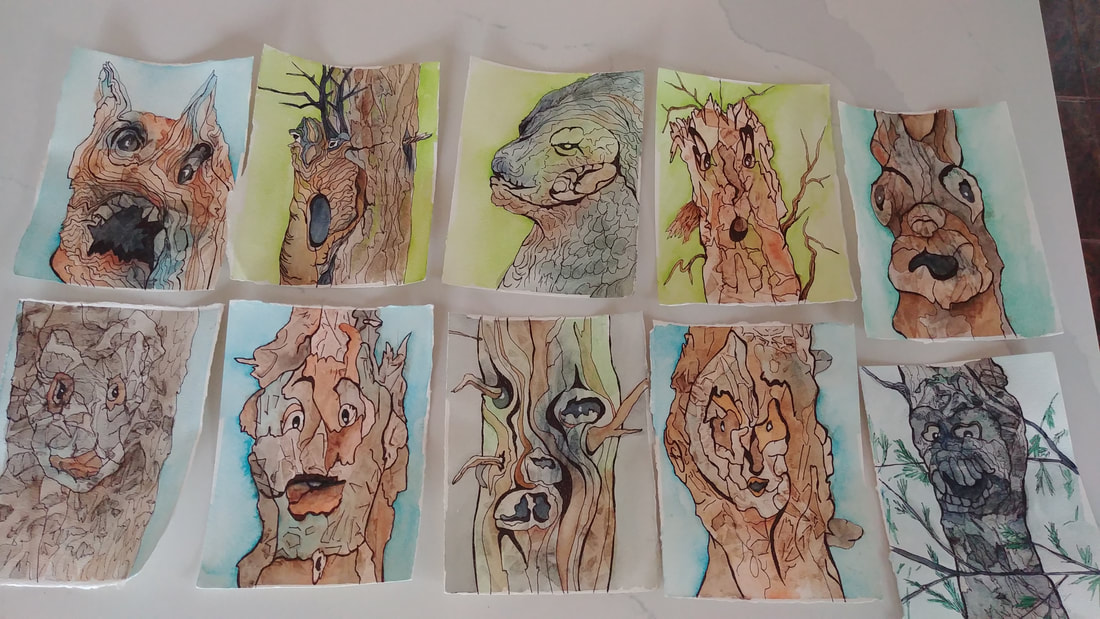


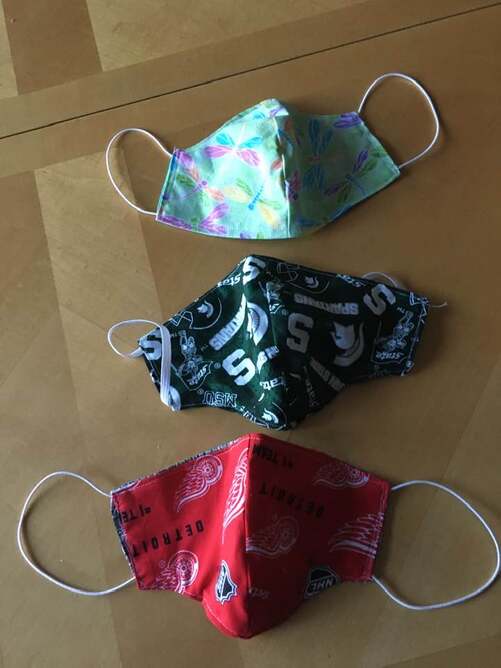
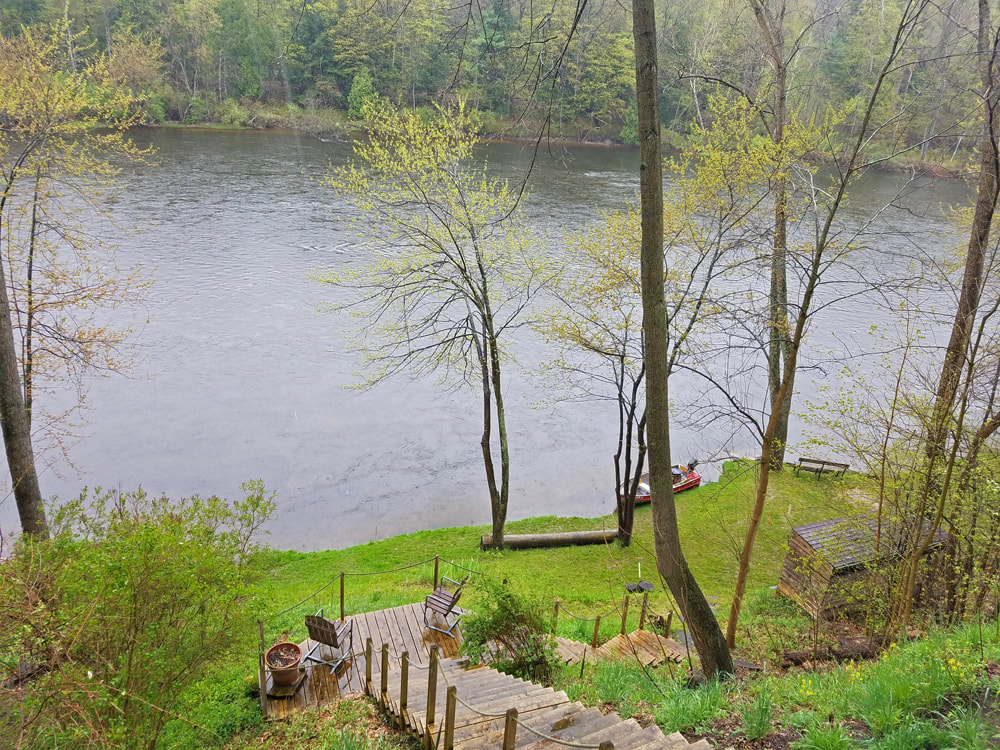
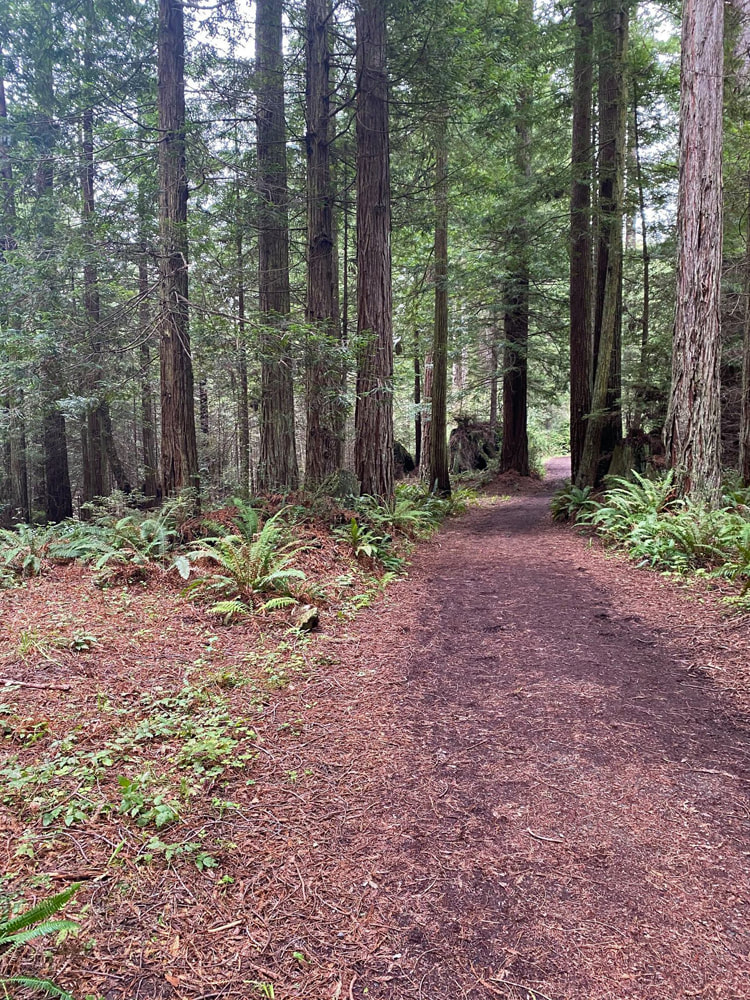

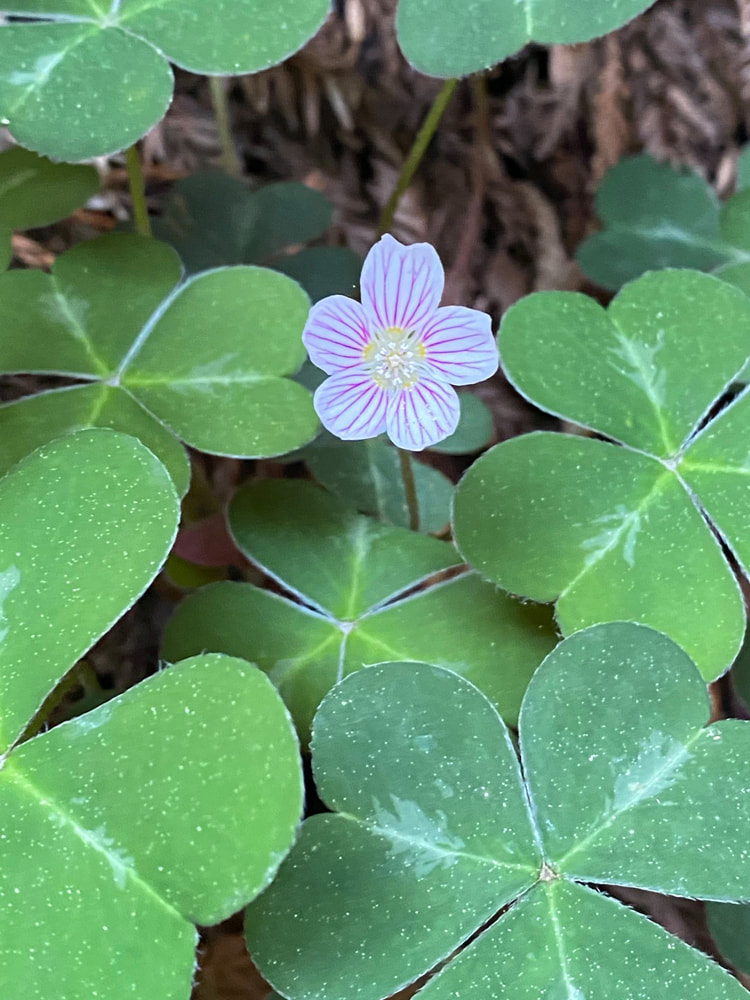
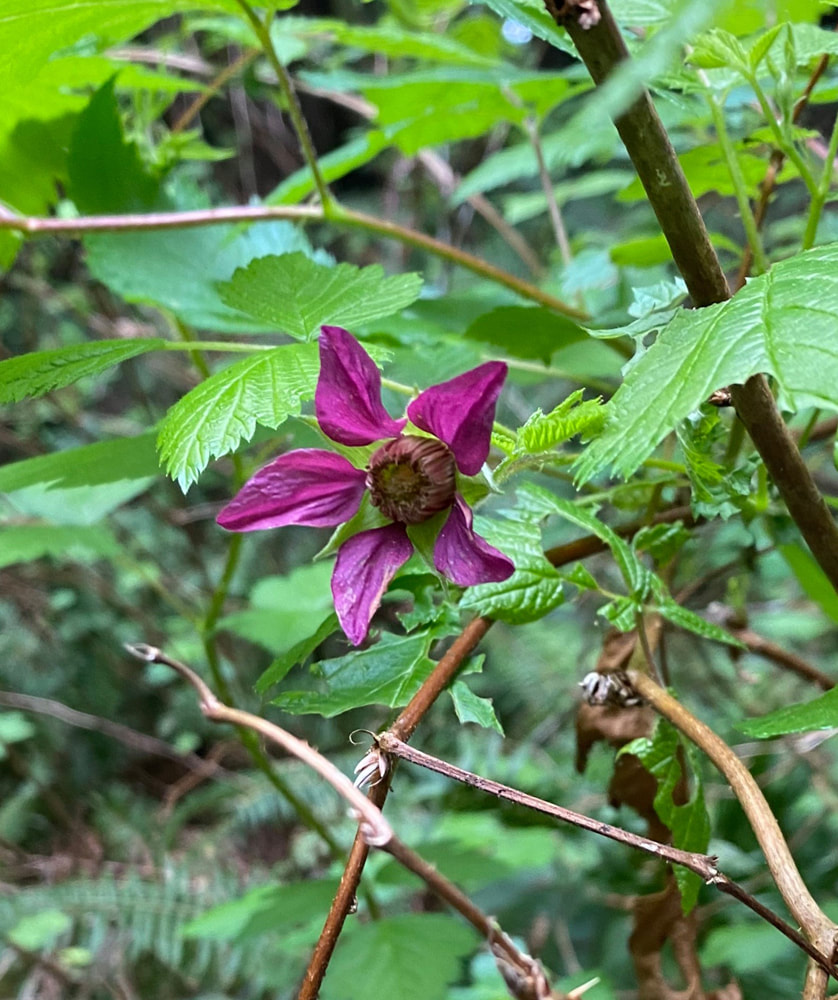

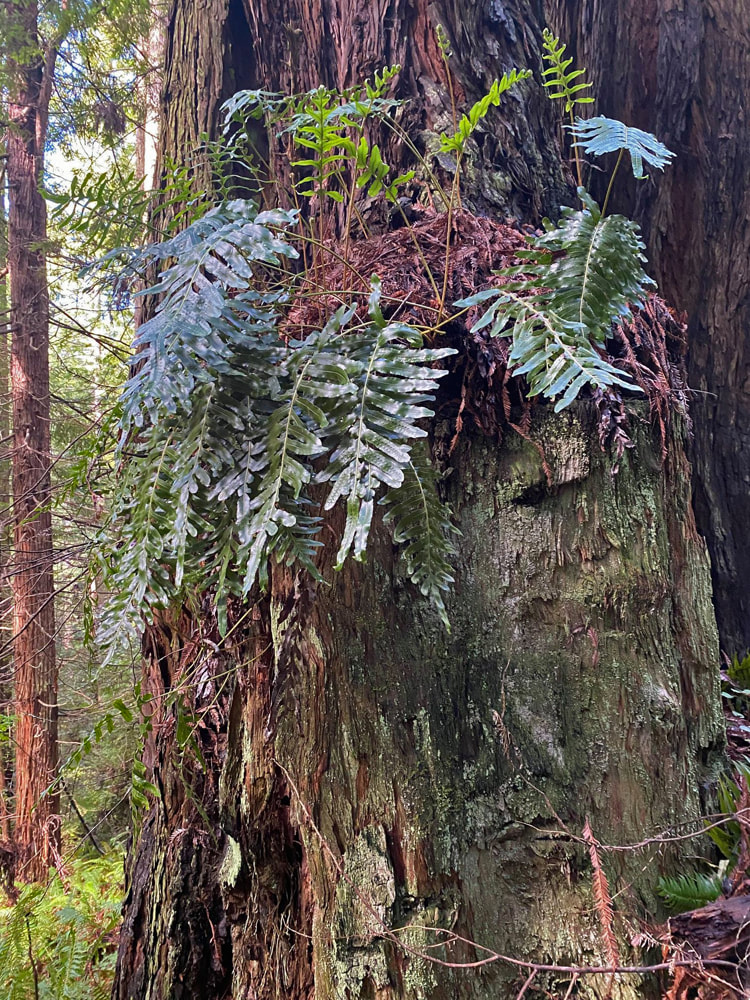
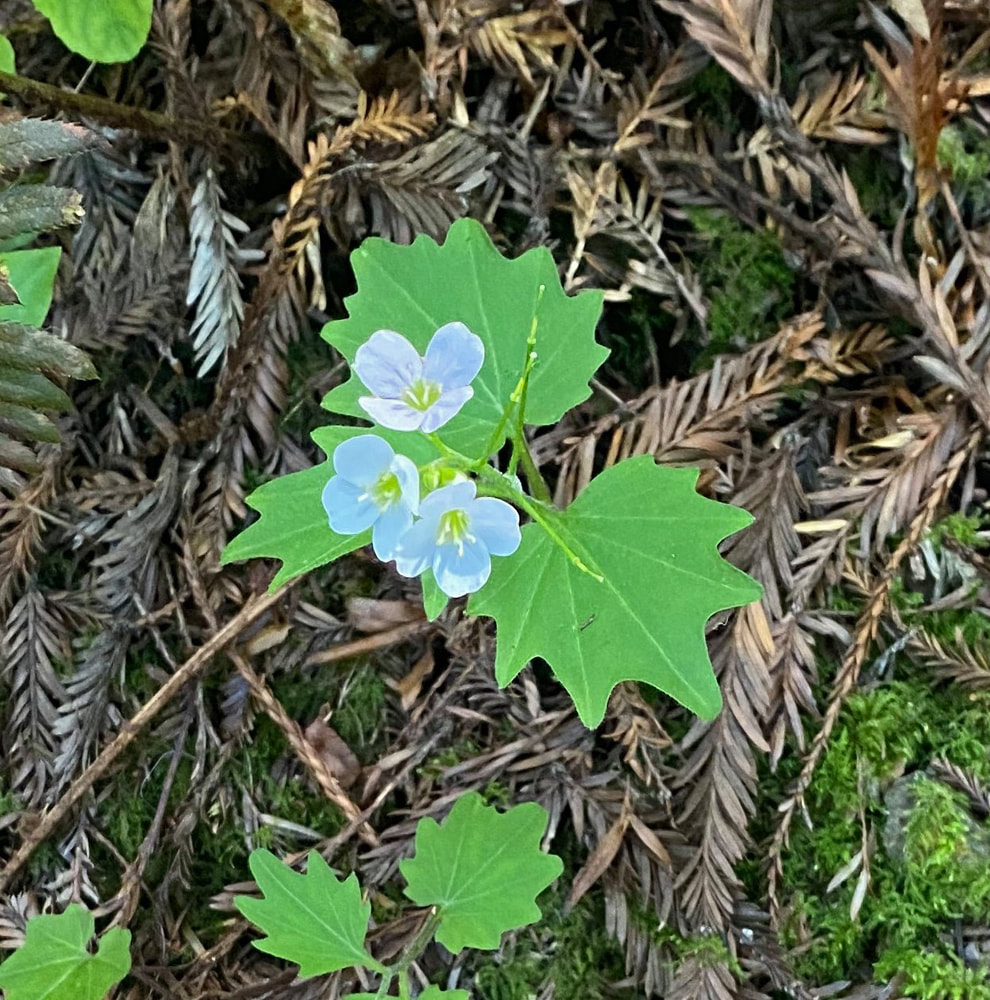

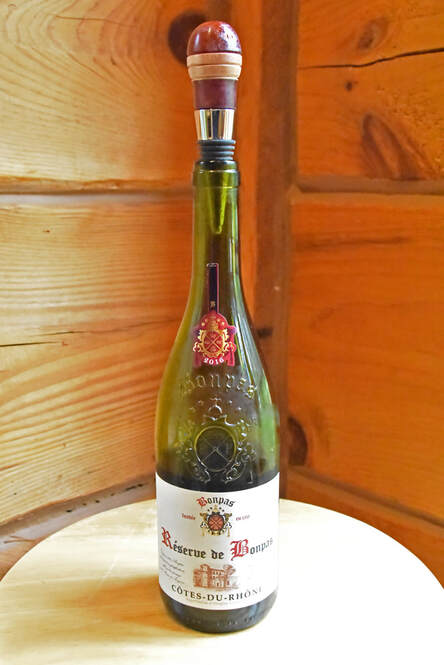
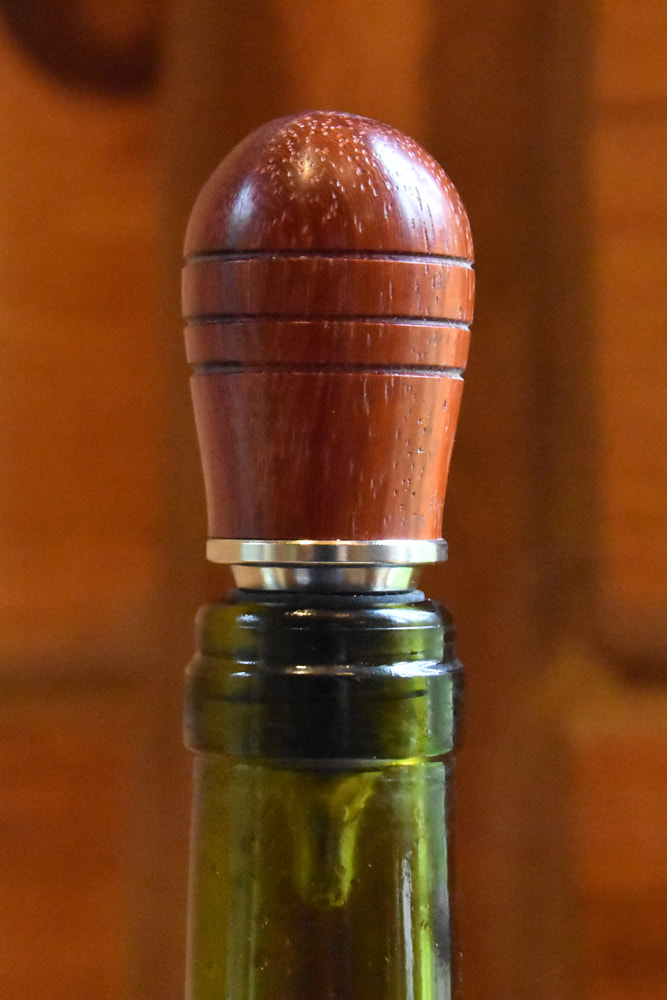
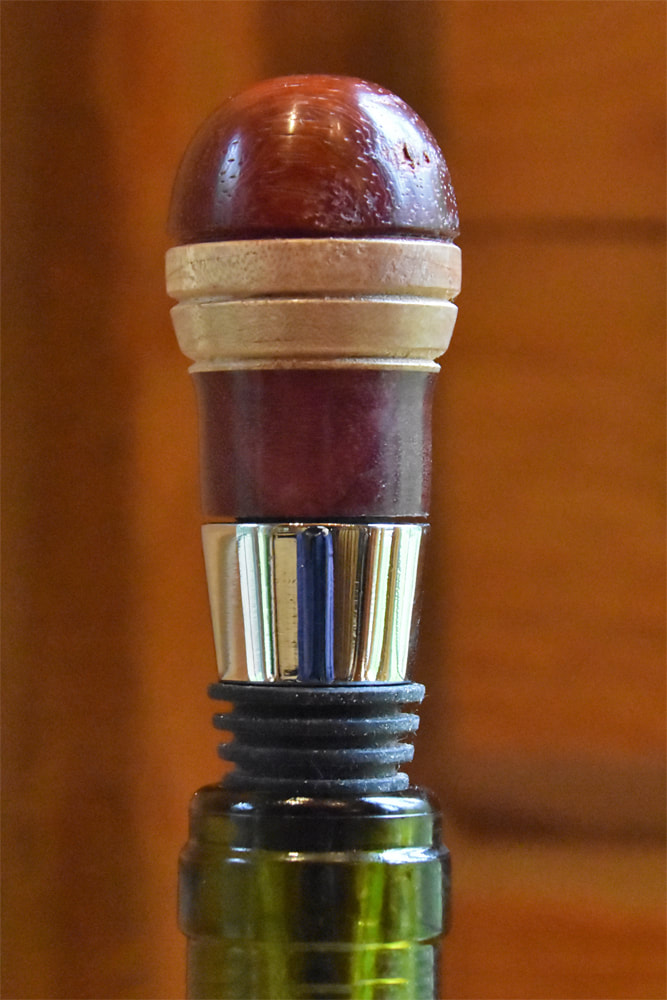
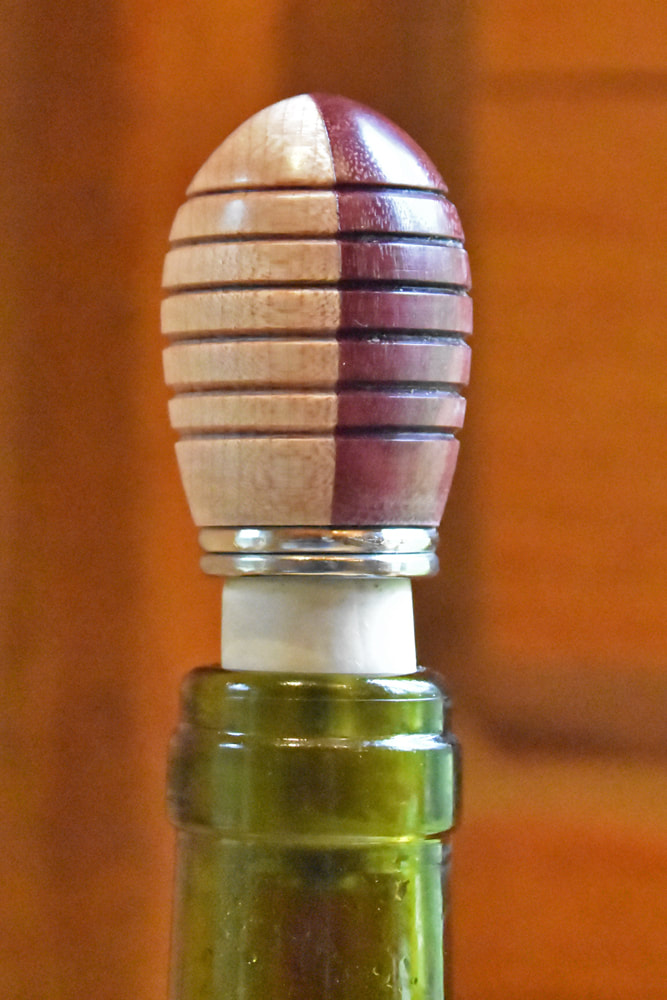
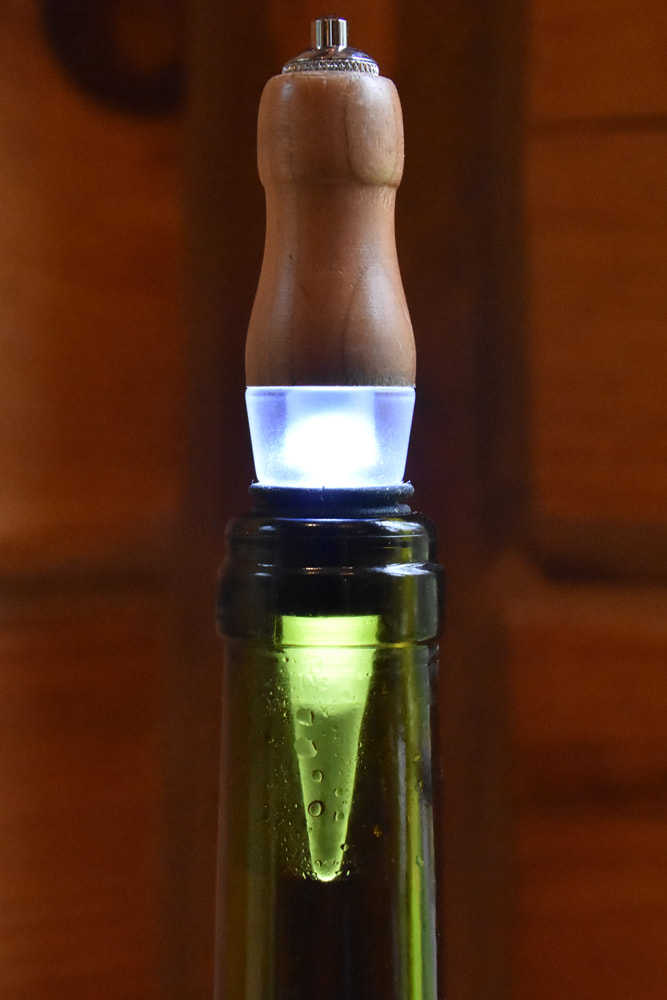
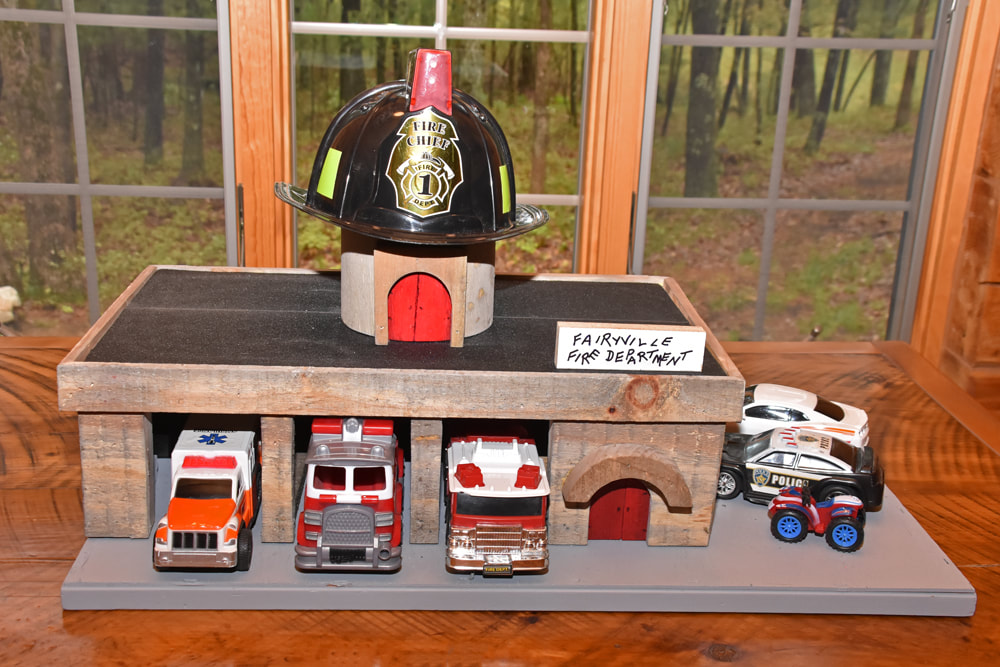
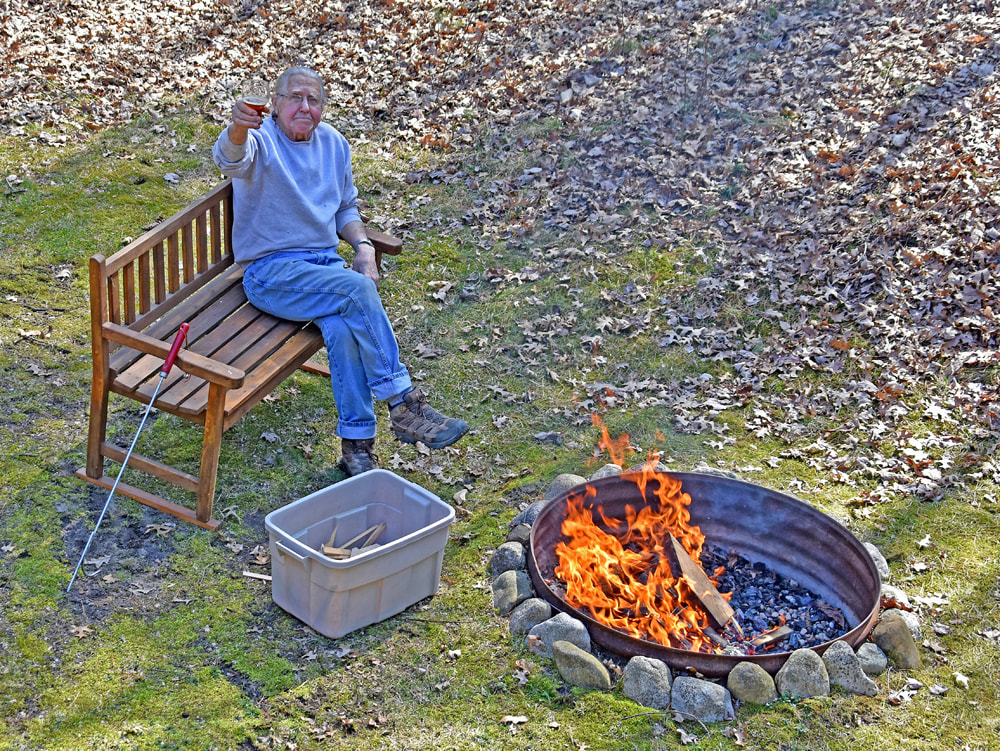

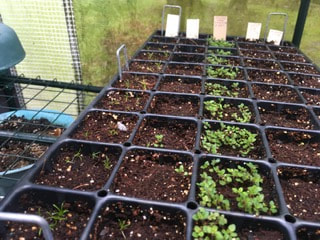
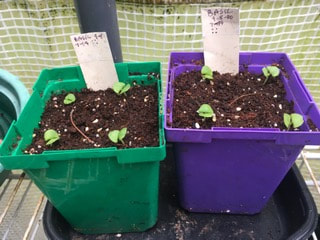

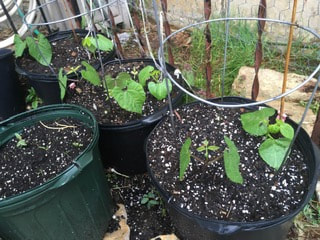
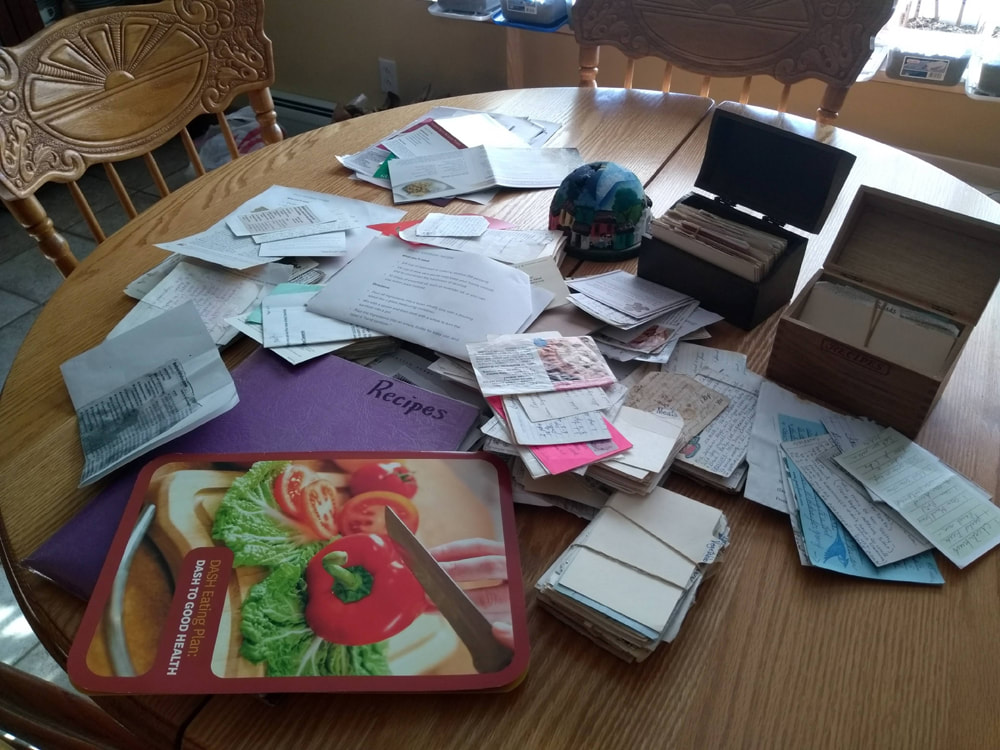
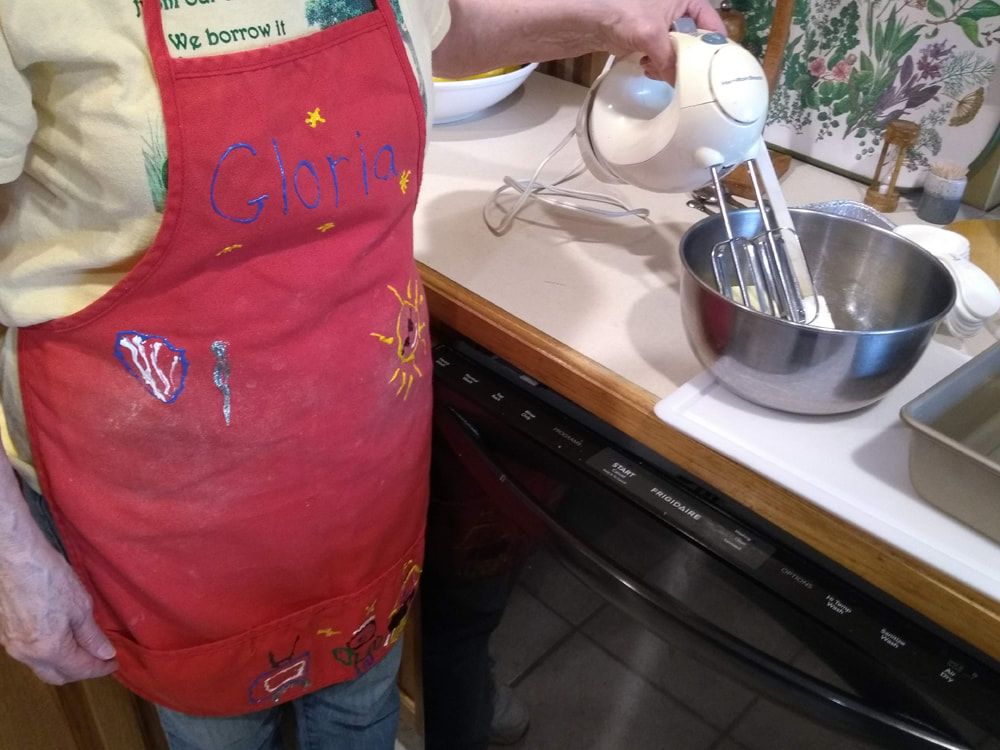
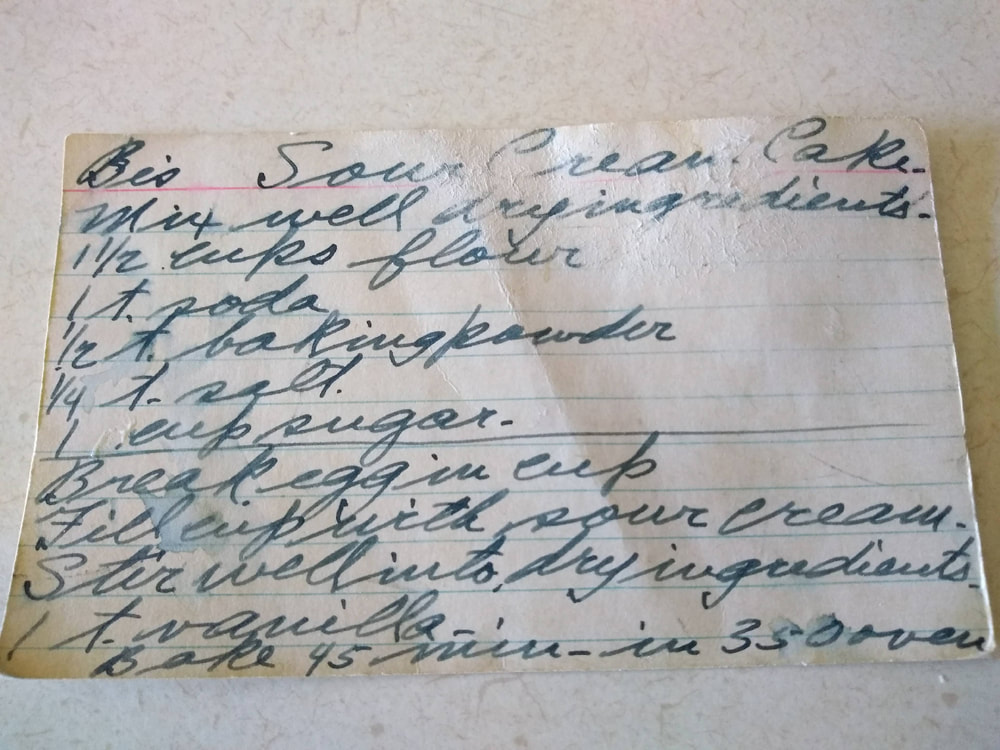
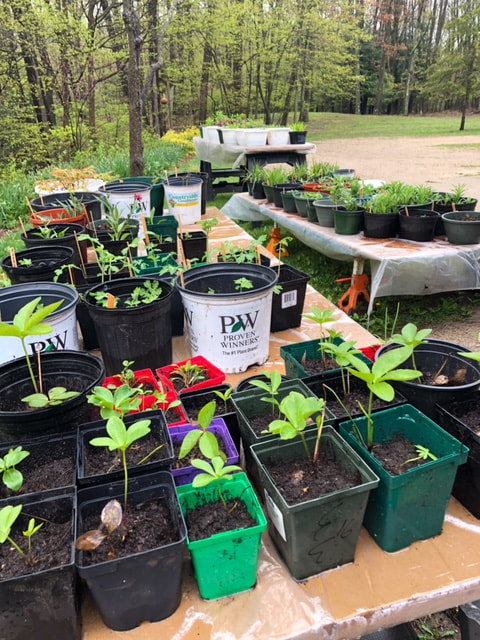
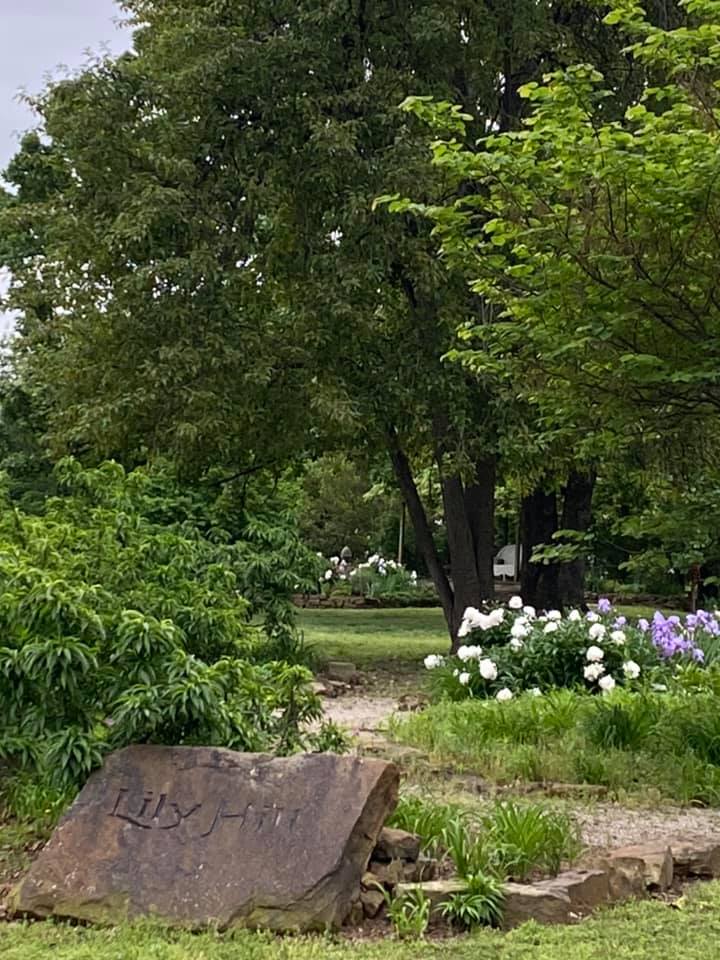

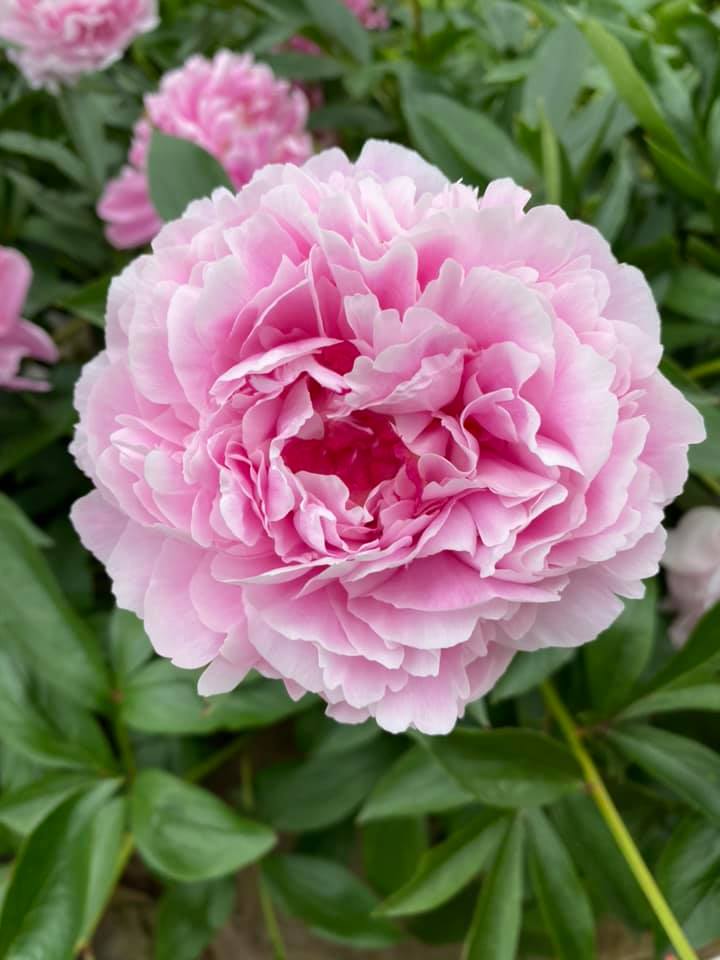
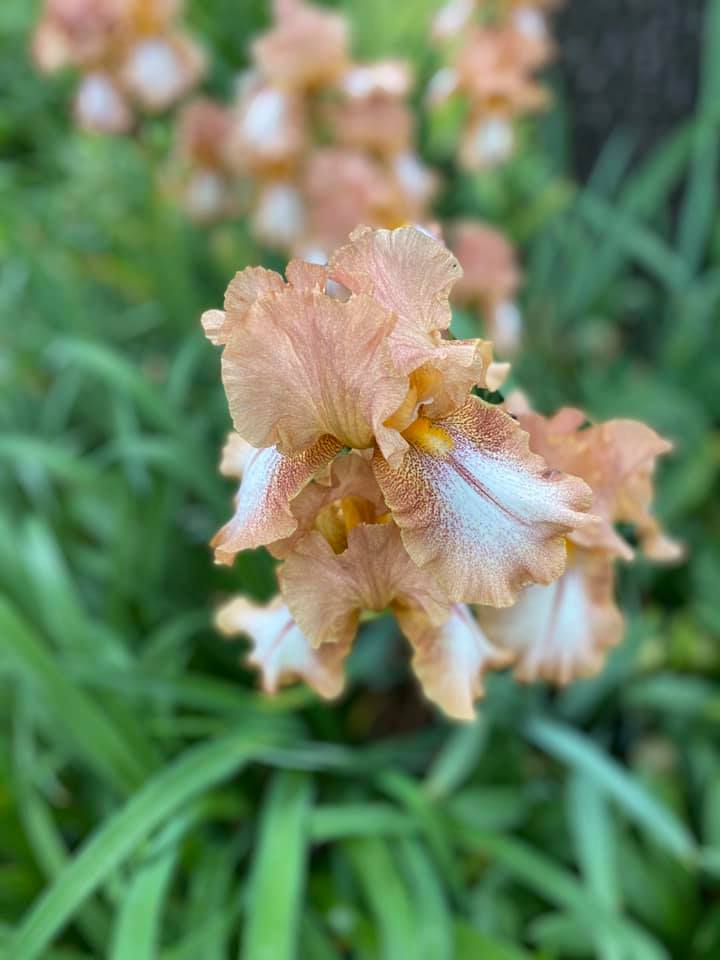
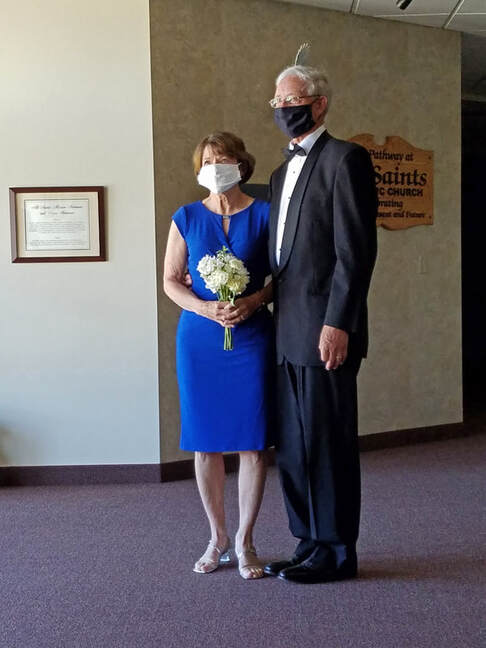
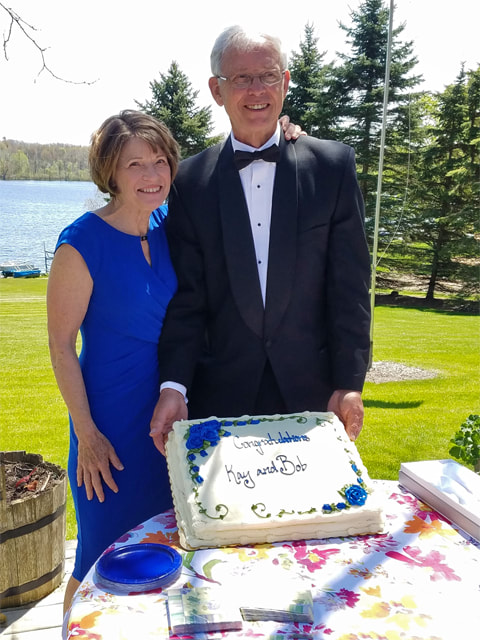
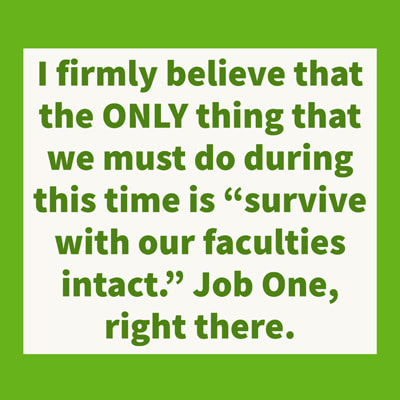
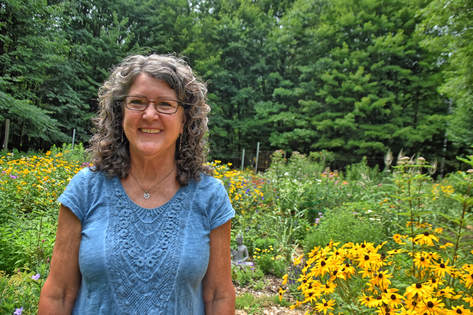

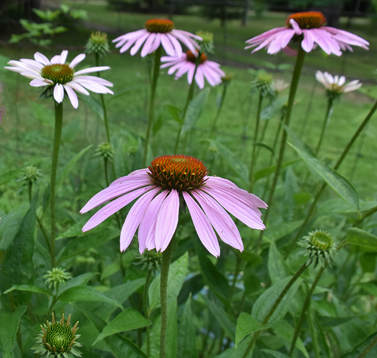
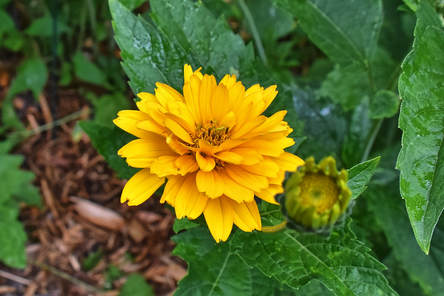
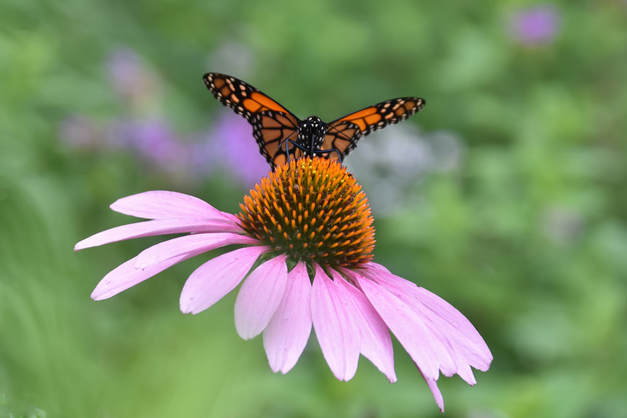
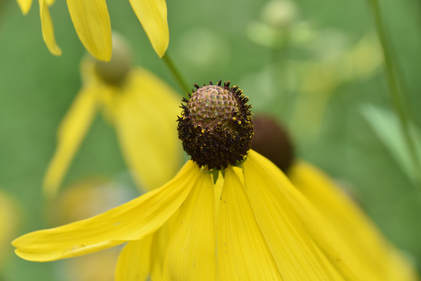
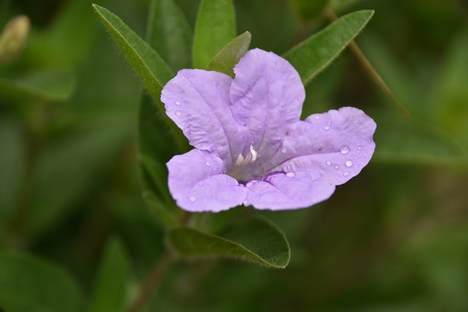
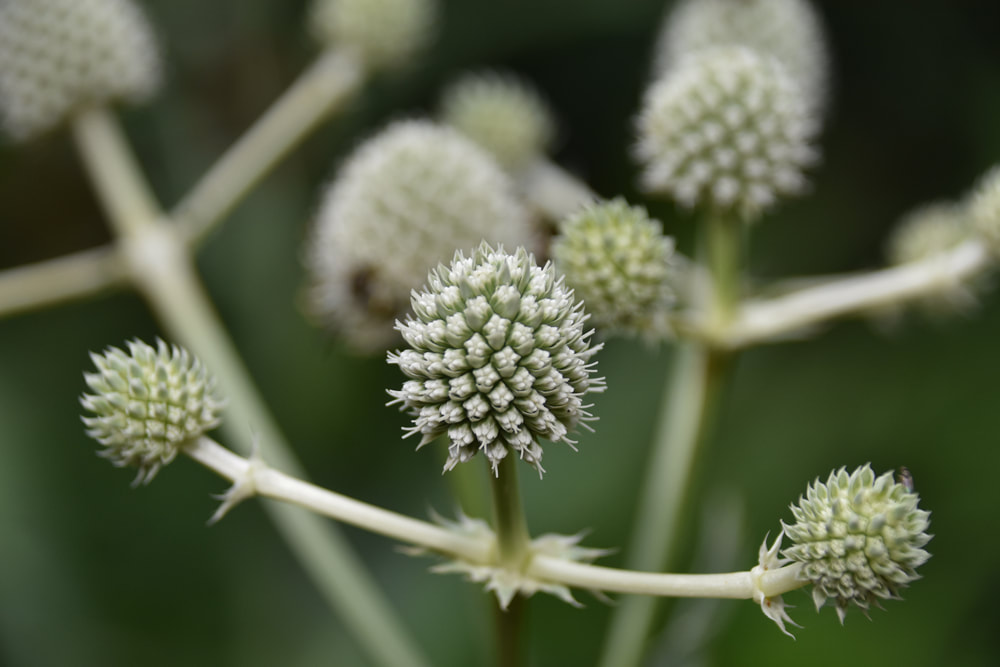
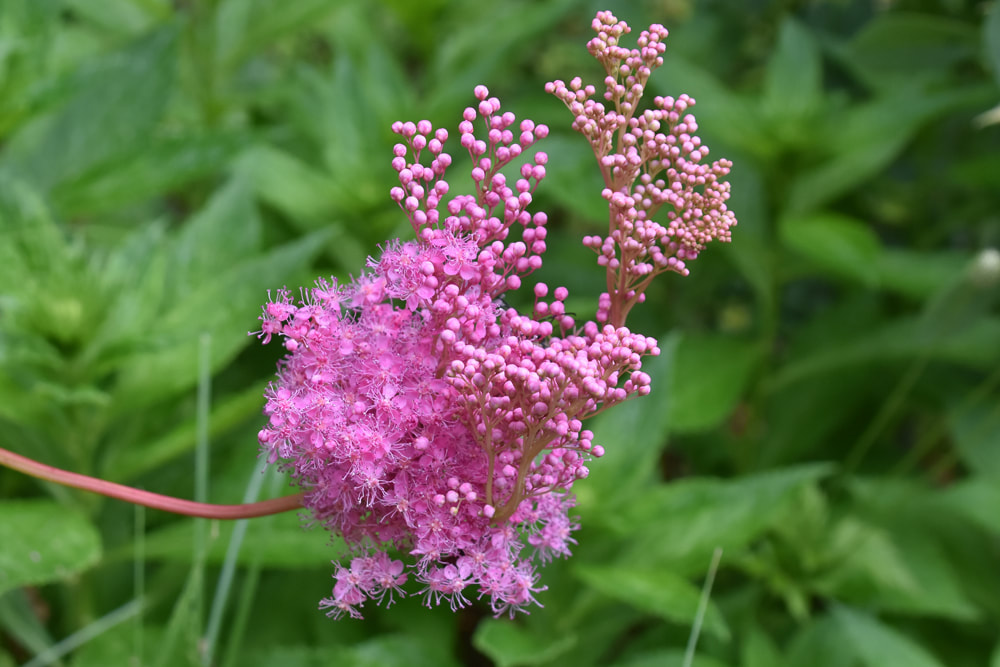
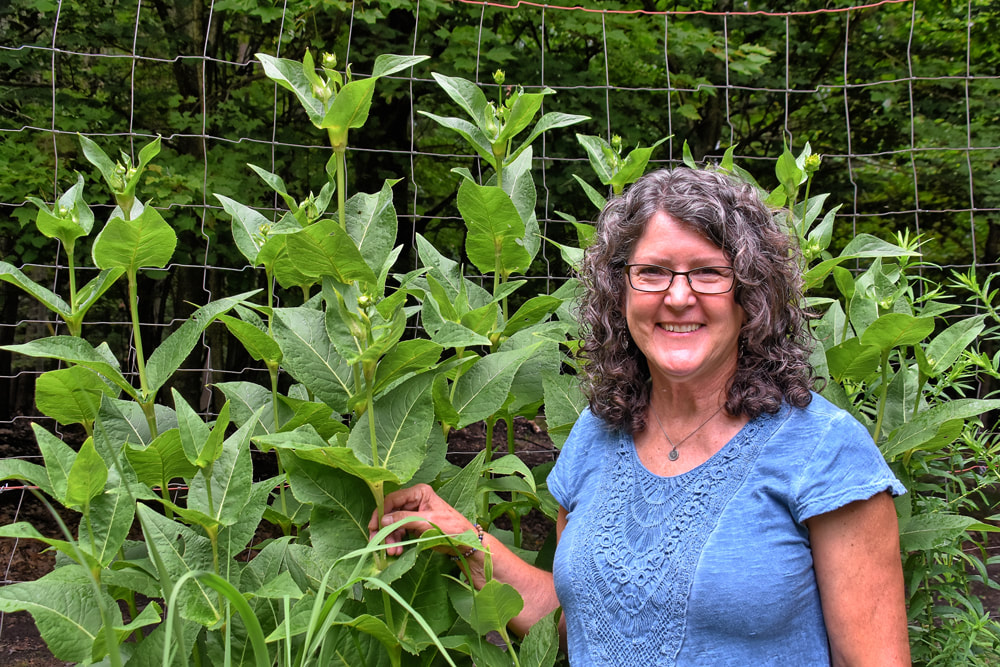
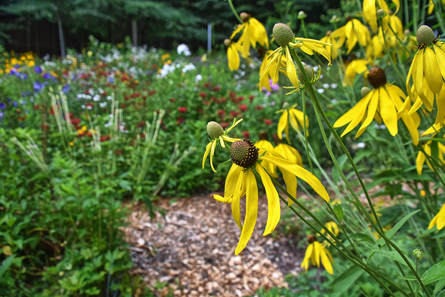

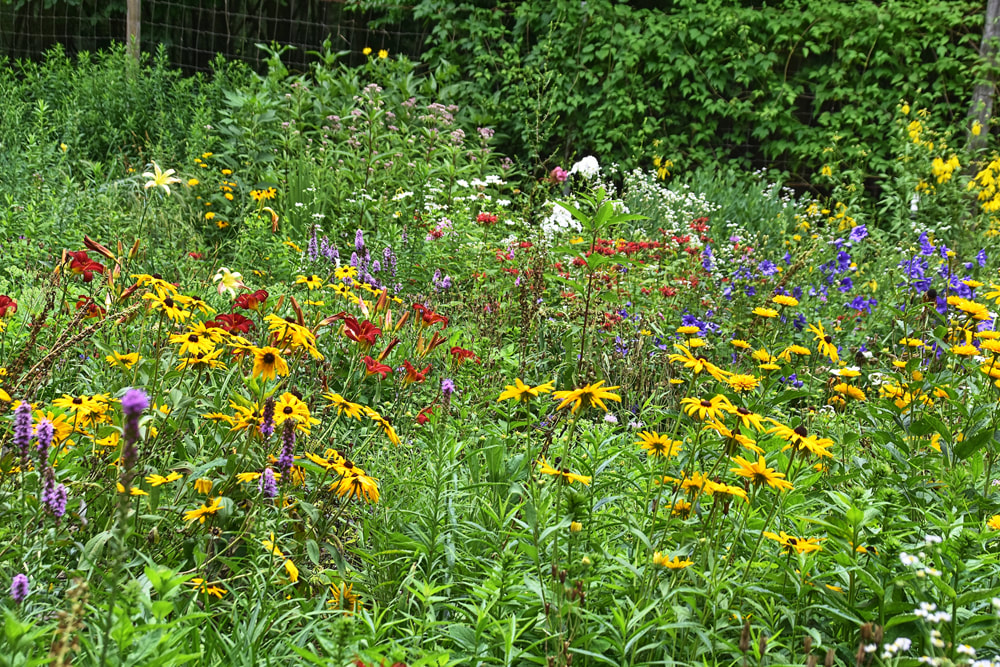
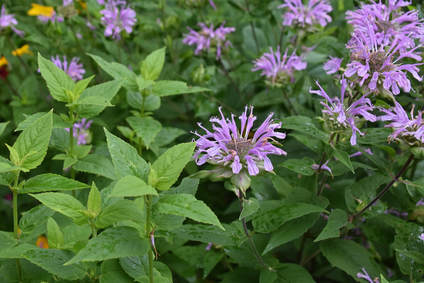
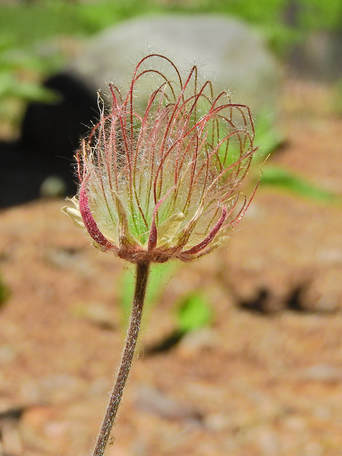
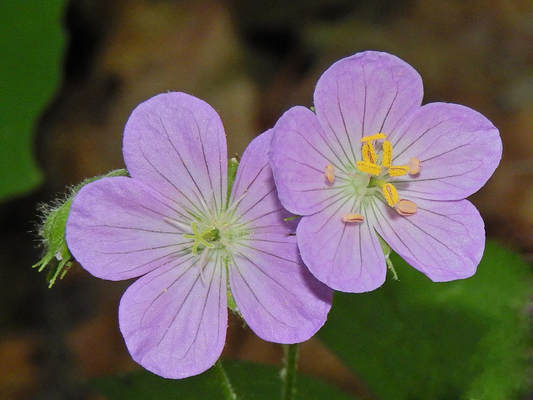
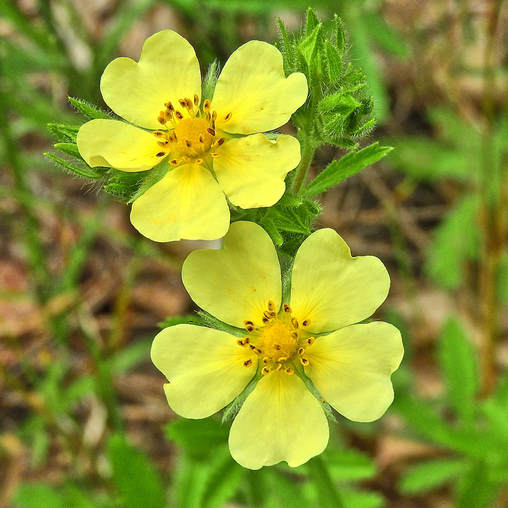
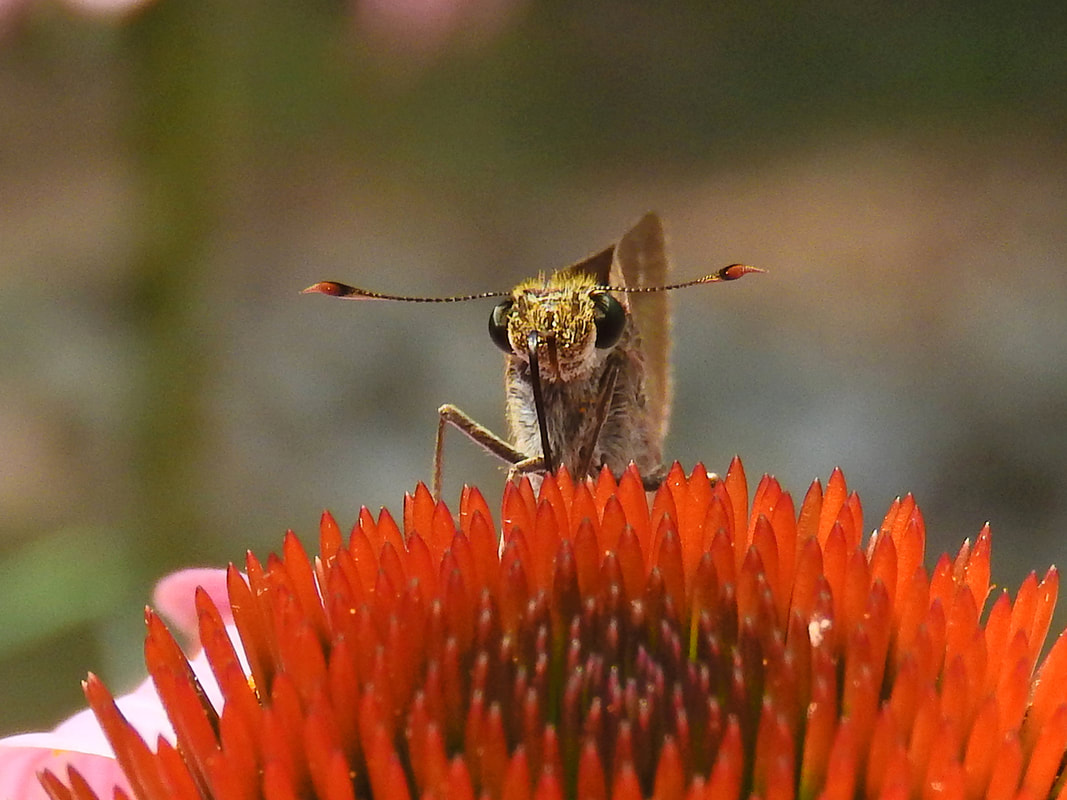
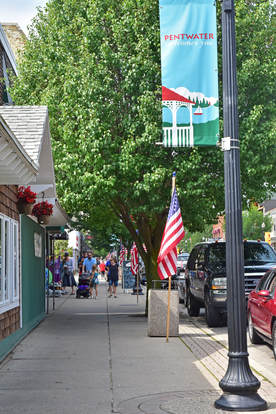

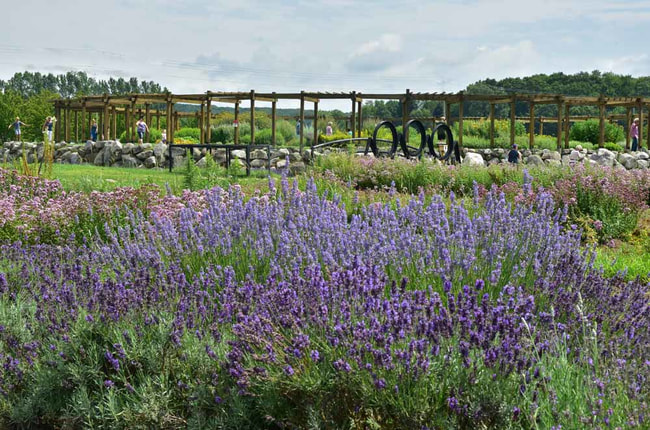
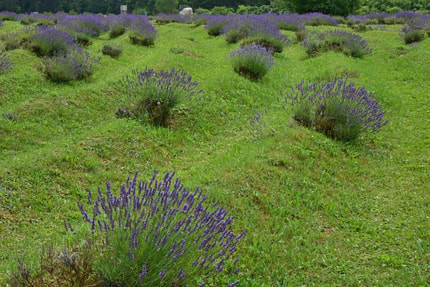
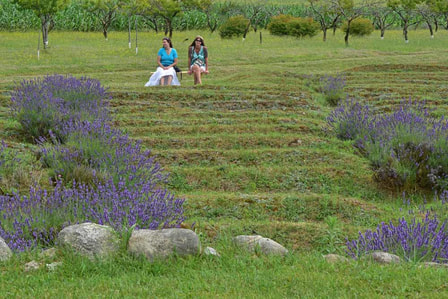
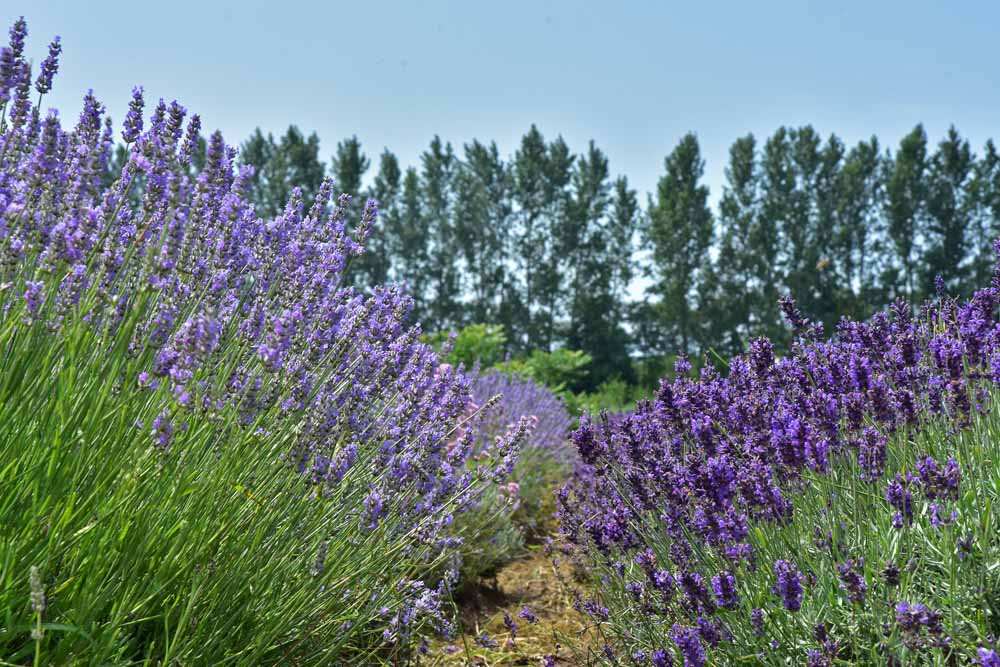
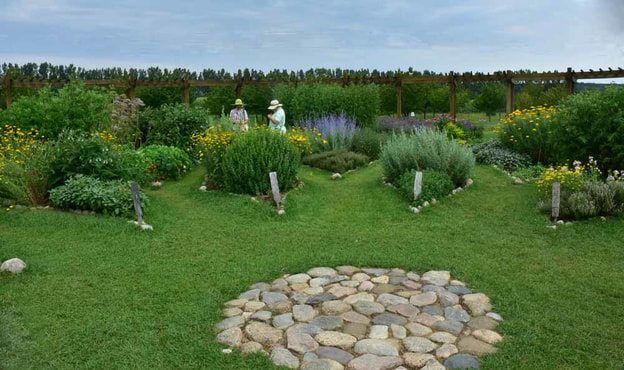

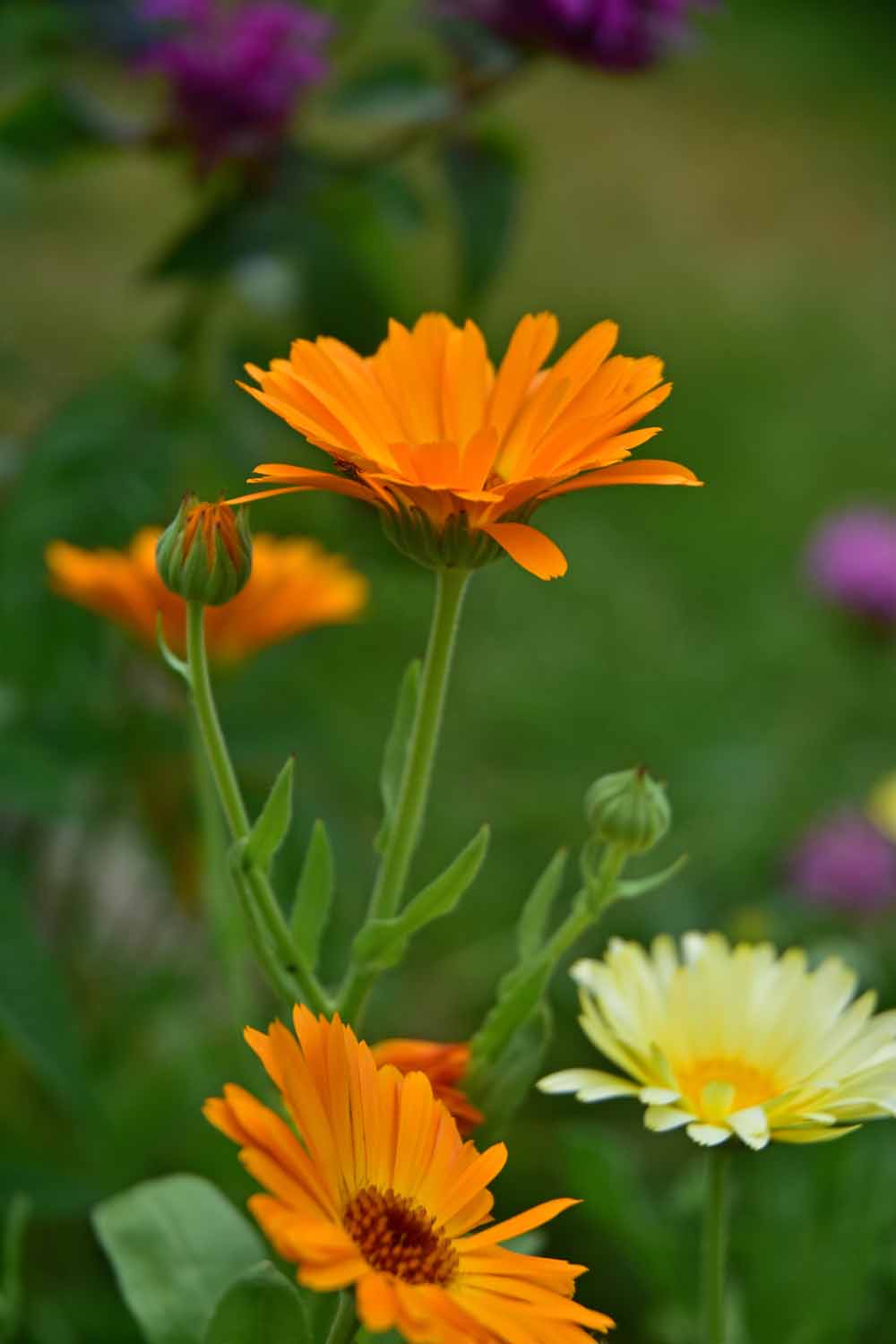
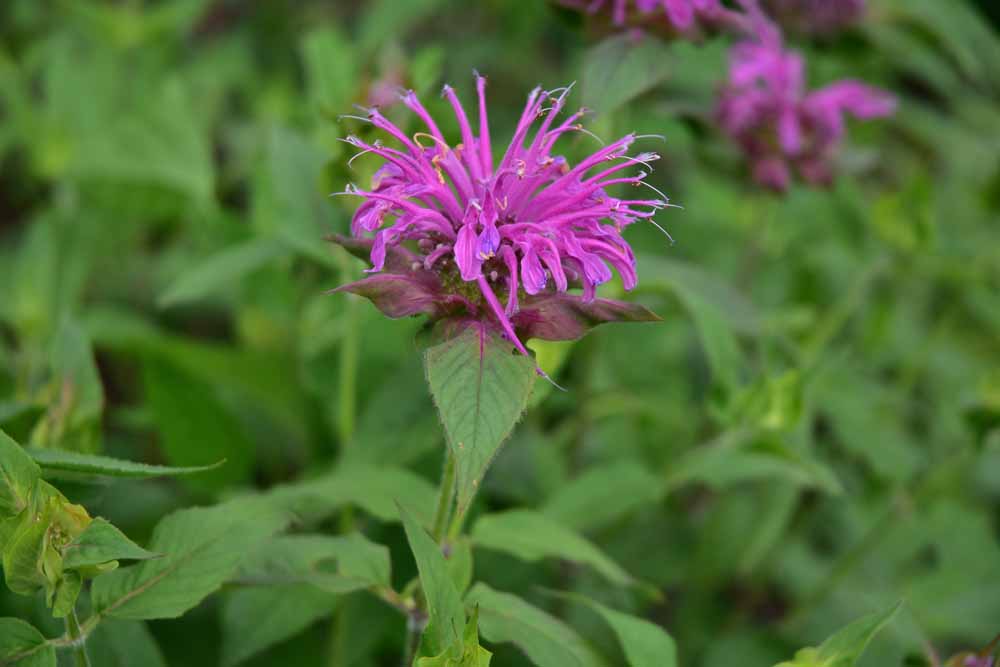
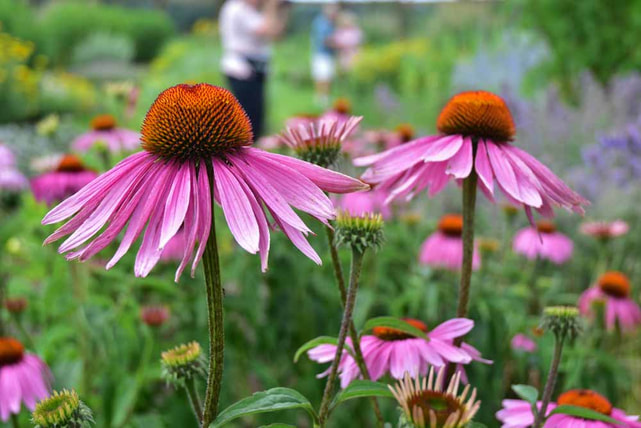
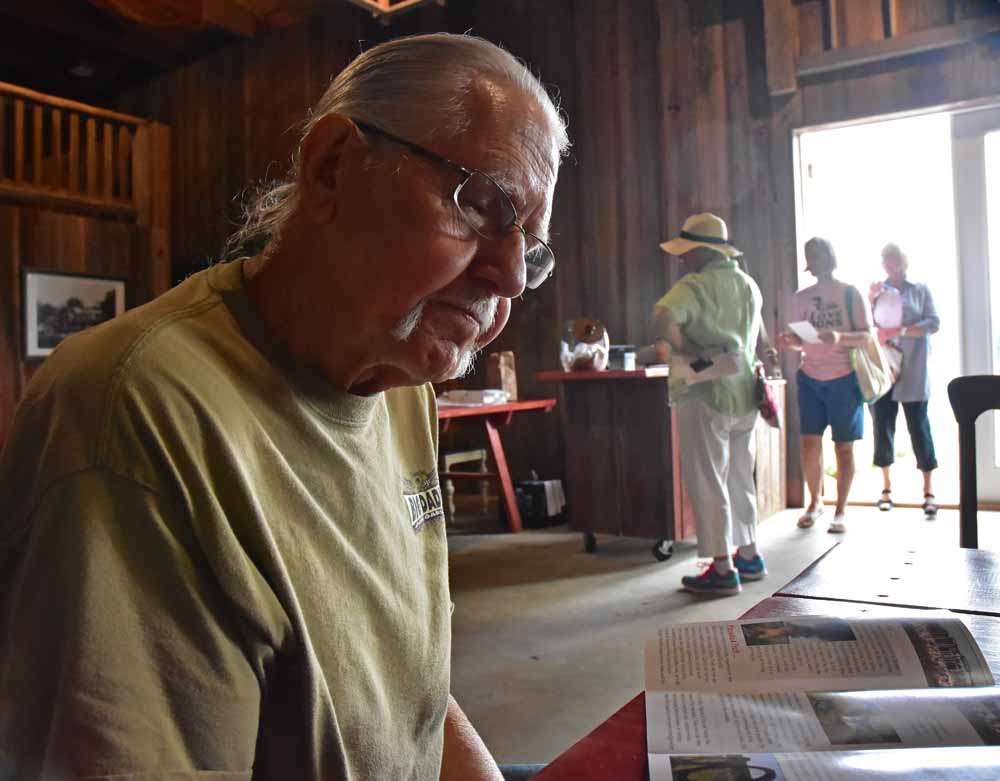
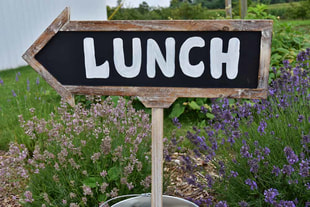
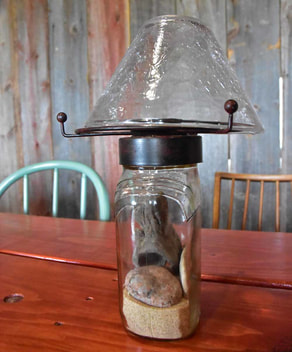
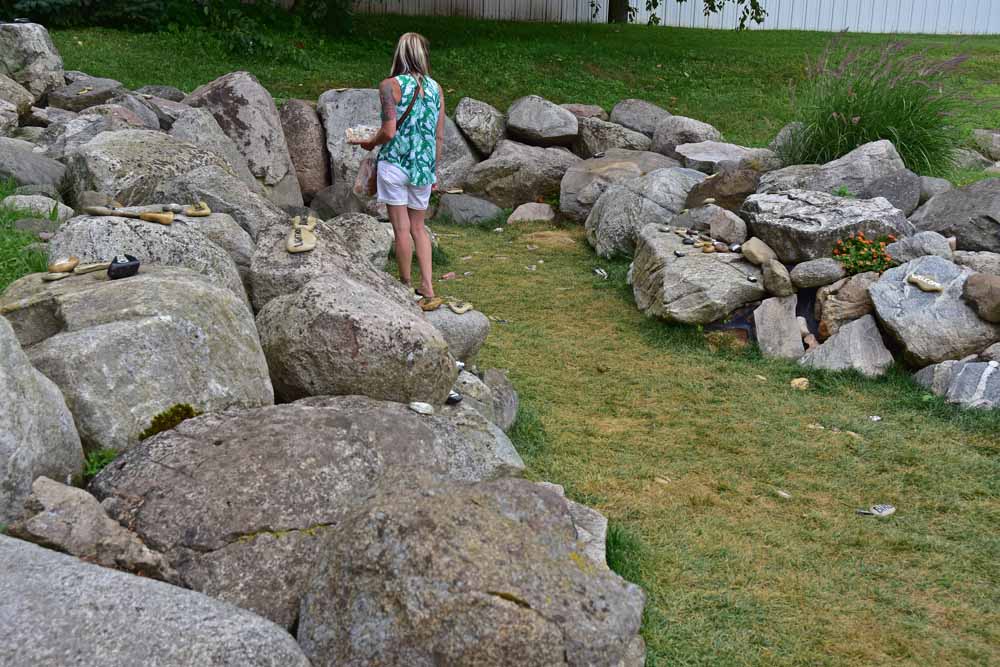
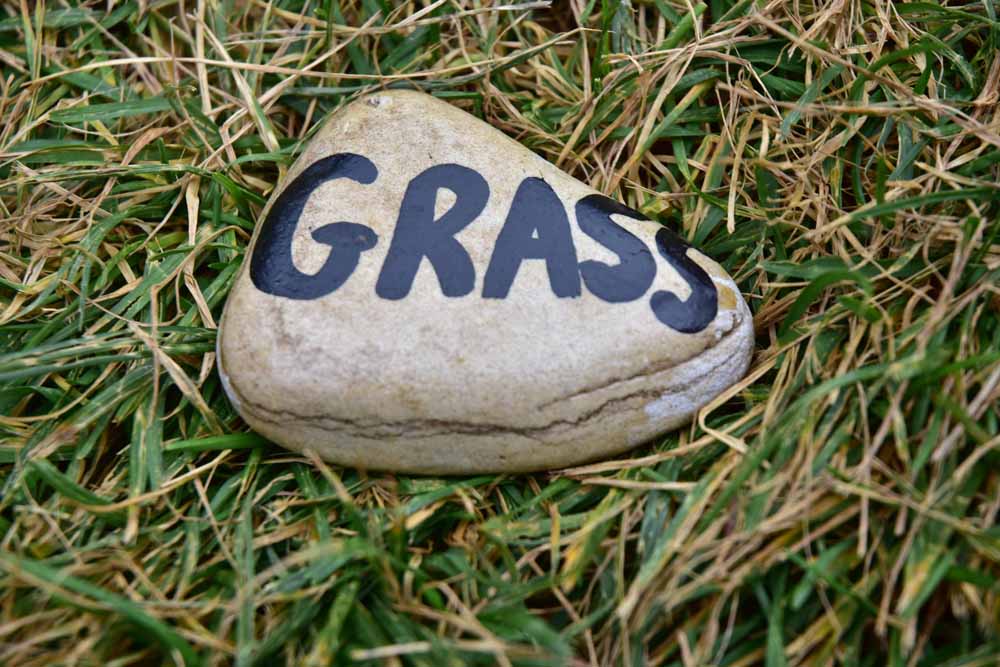
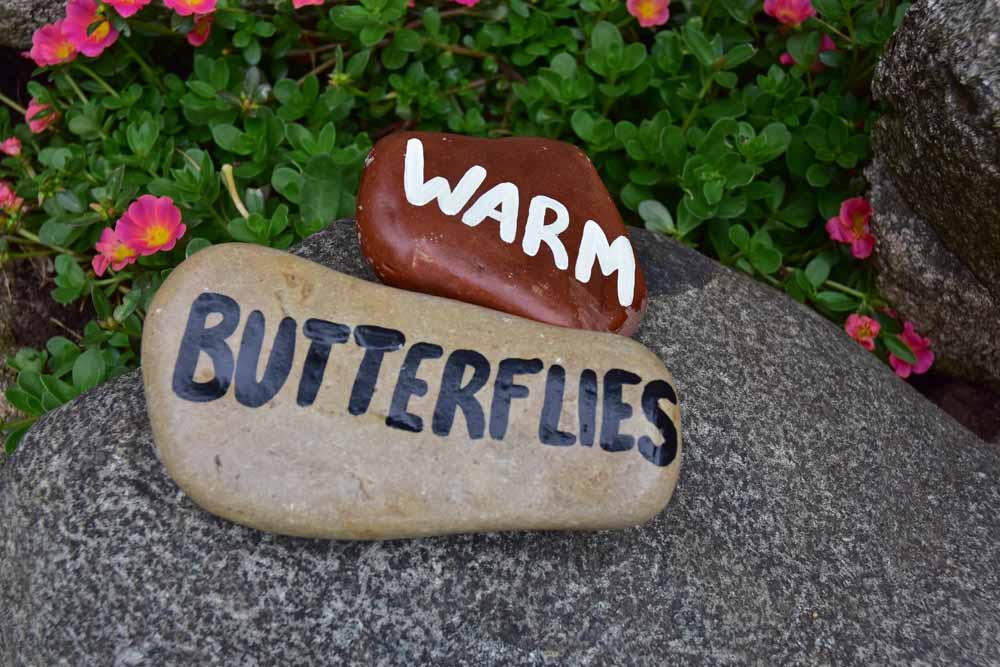
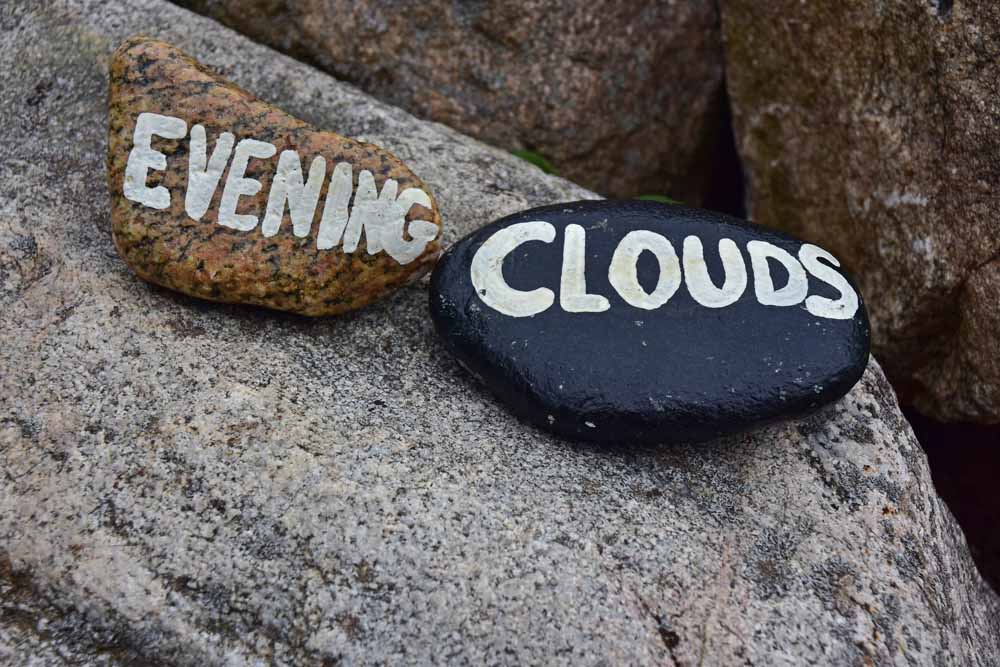

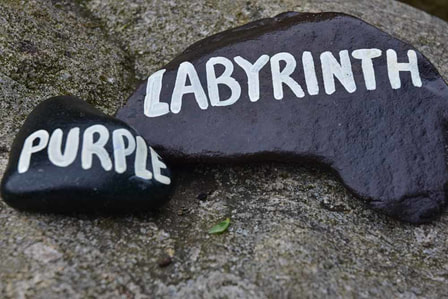
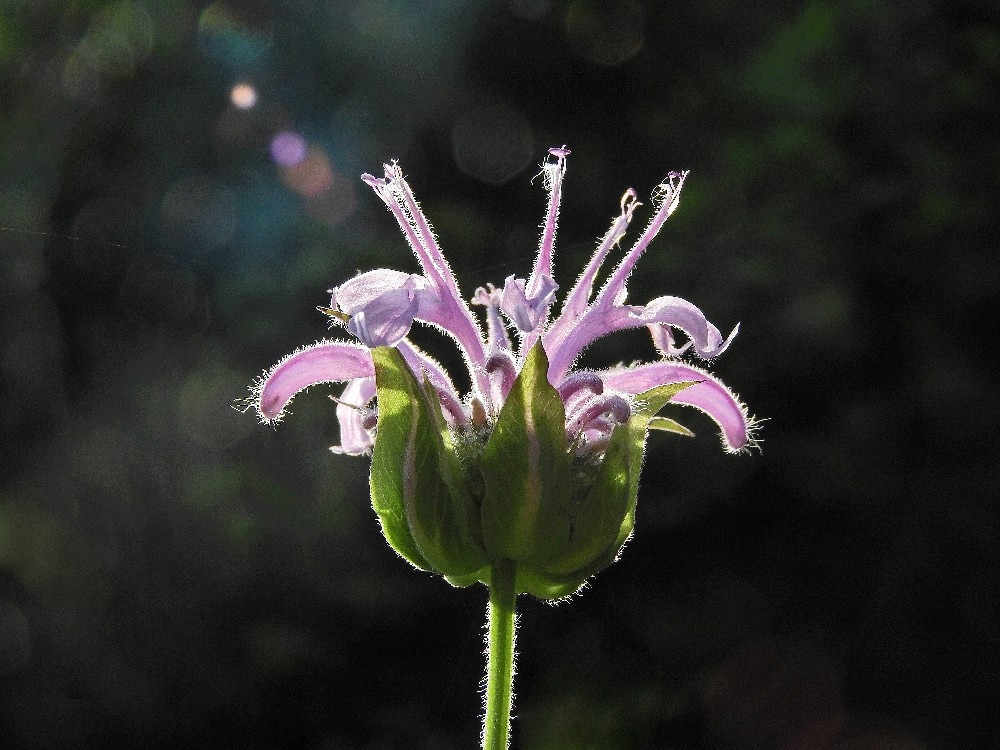

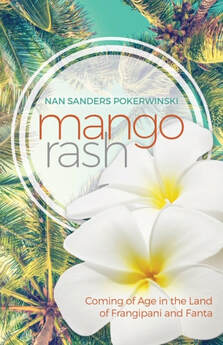
 RSS Feed
RSS Feed